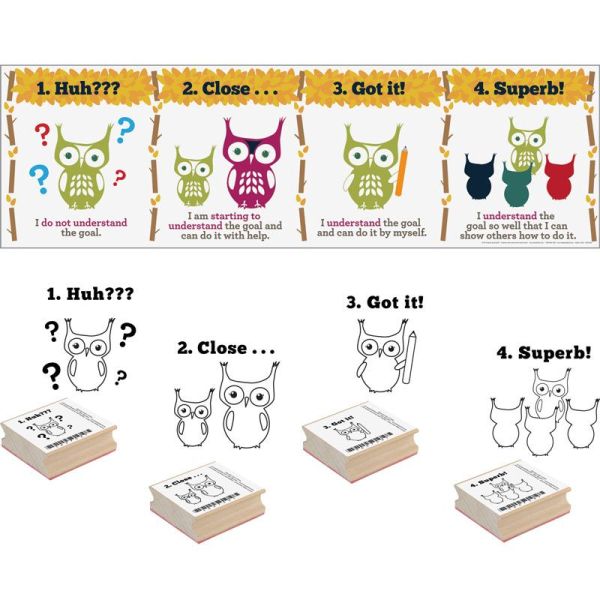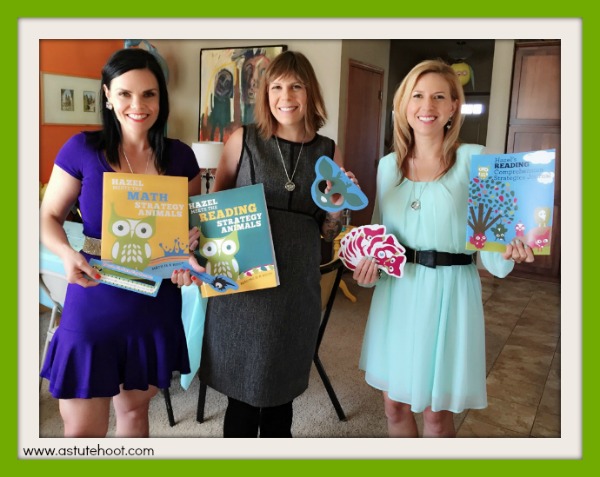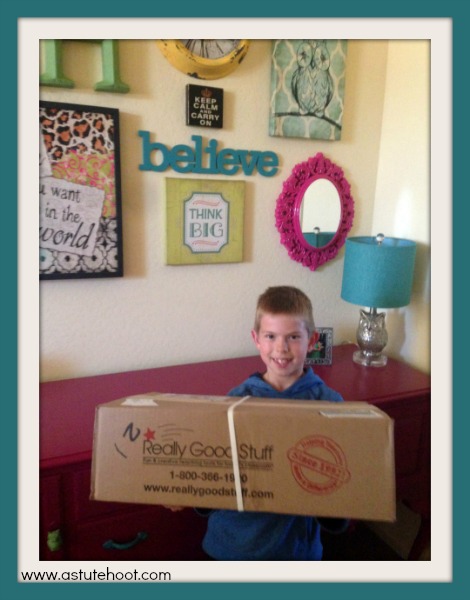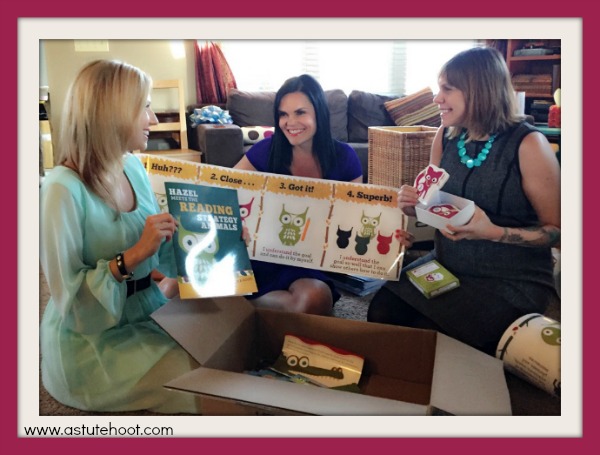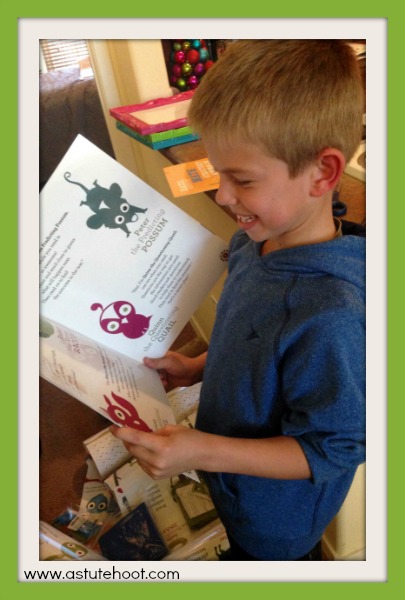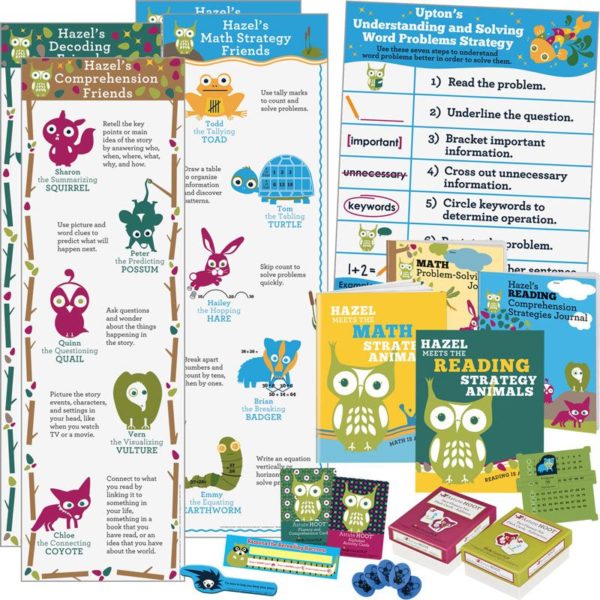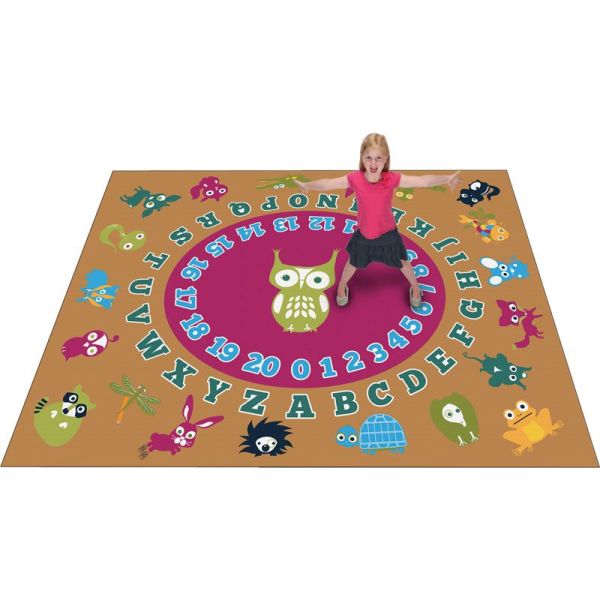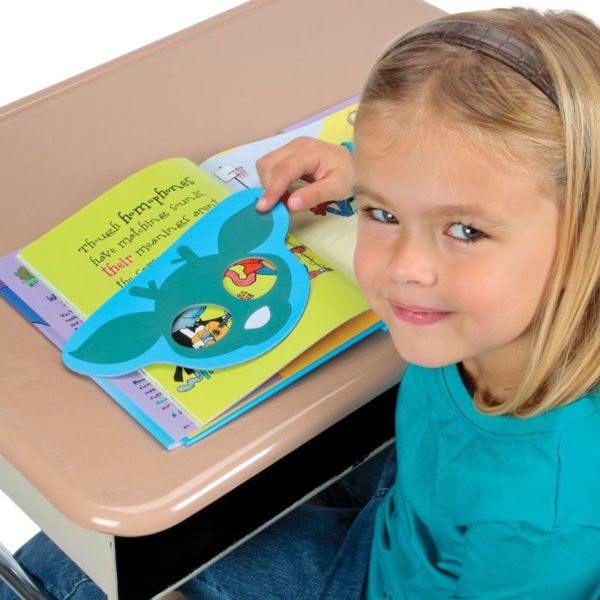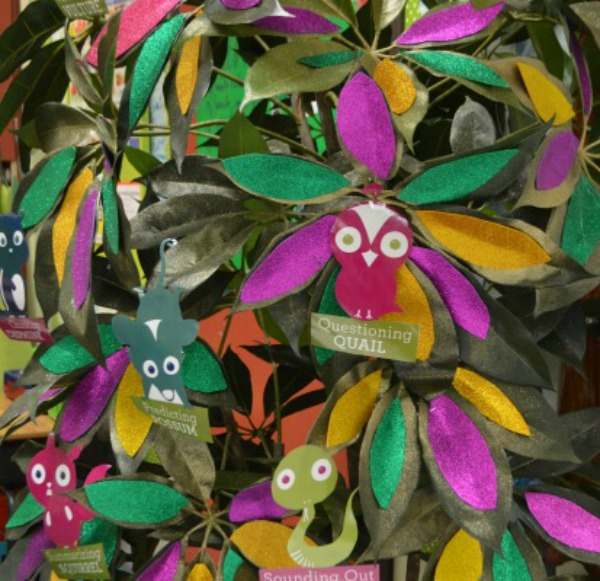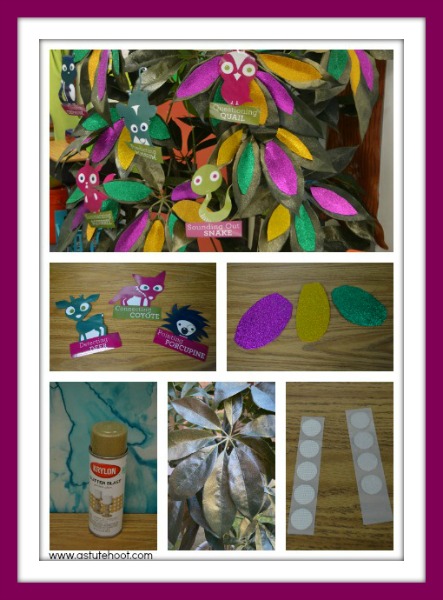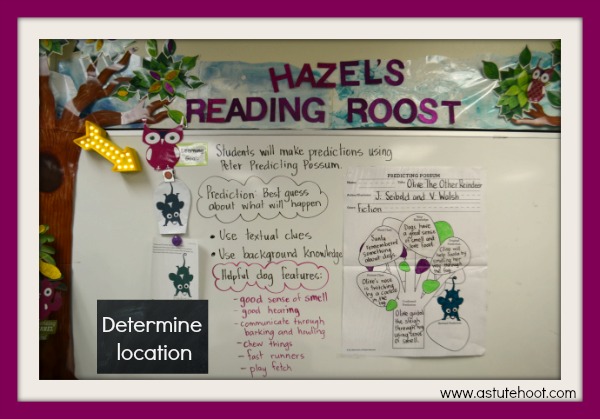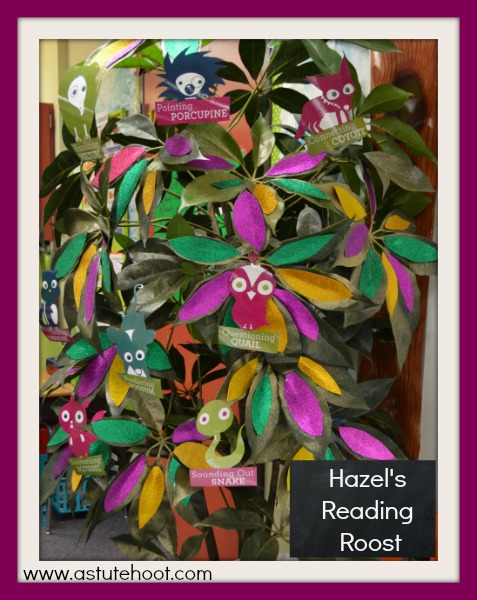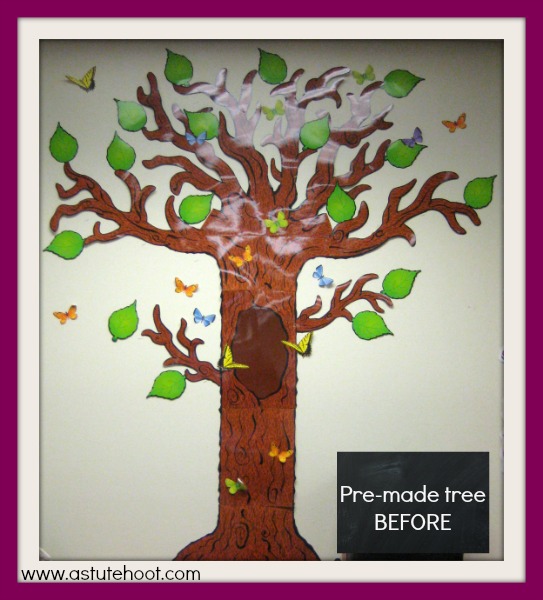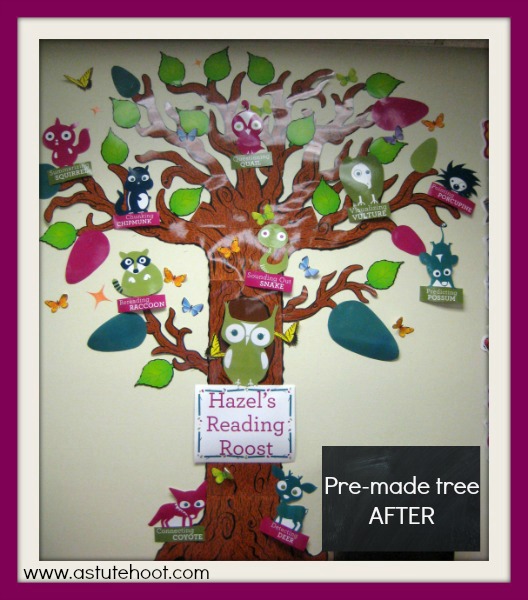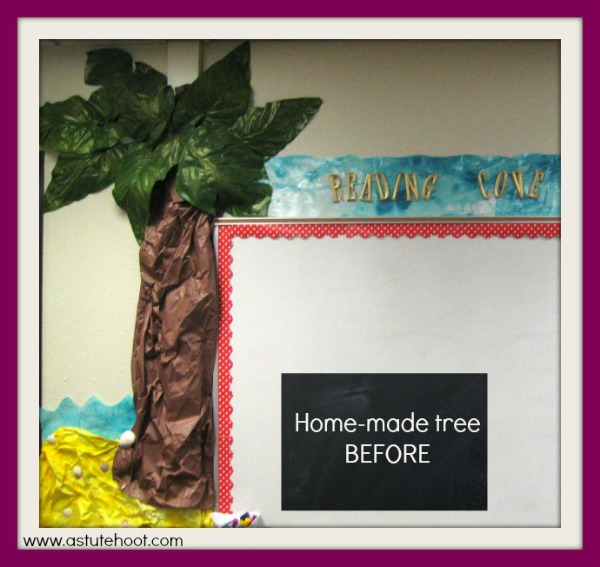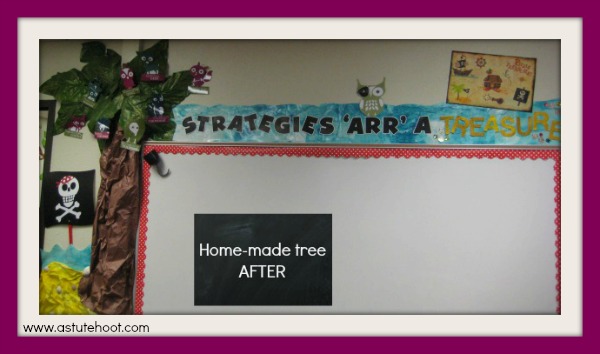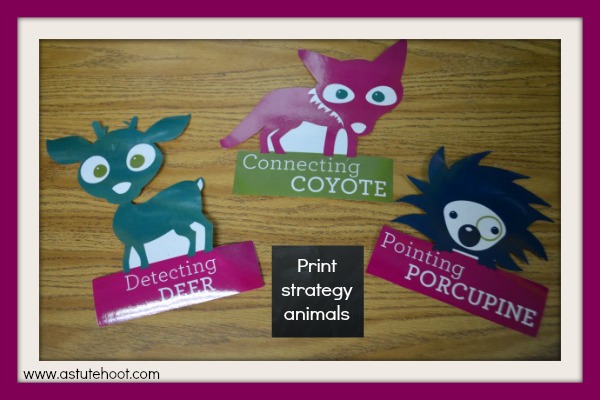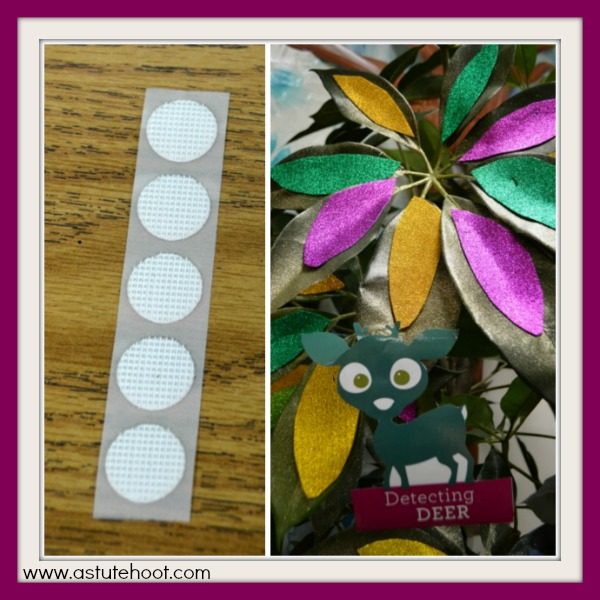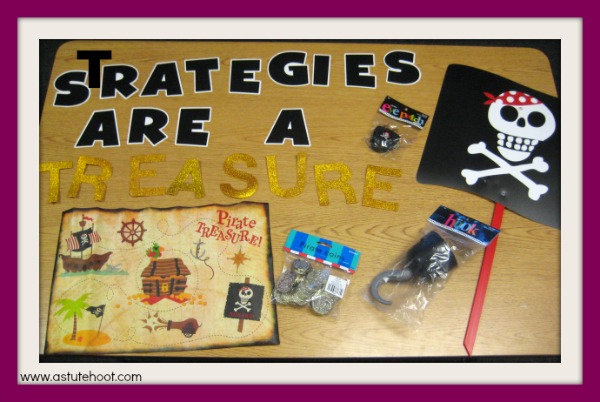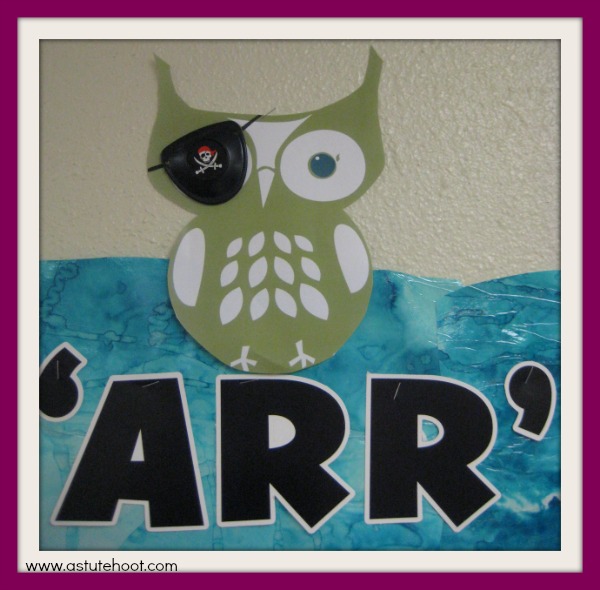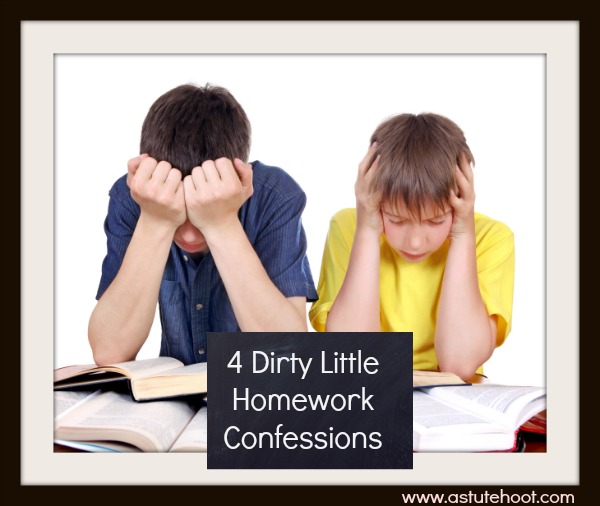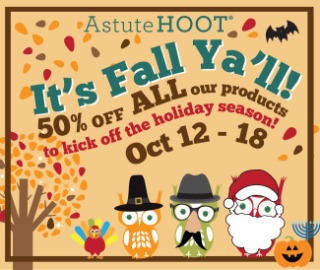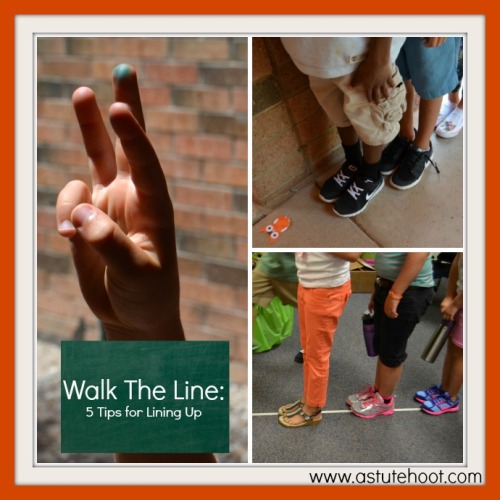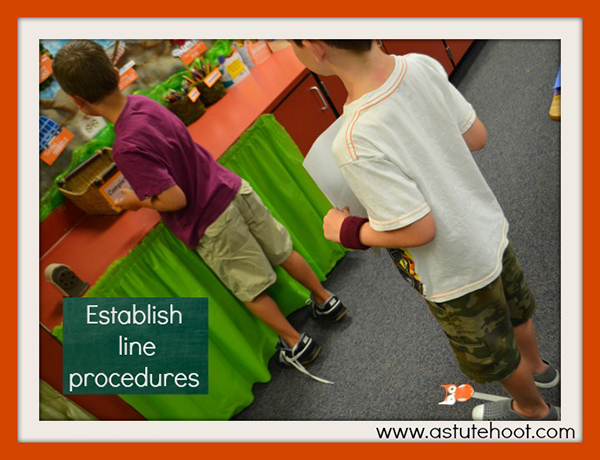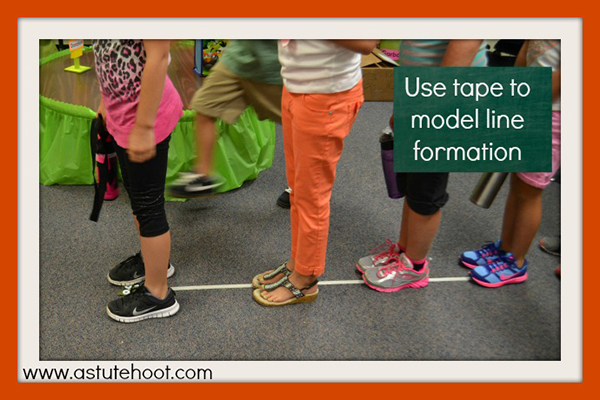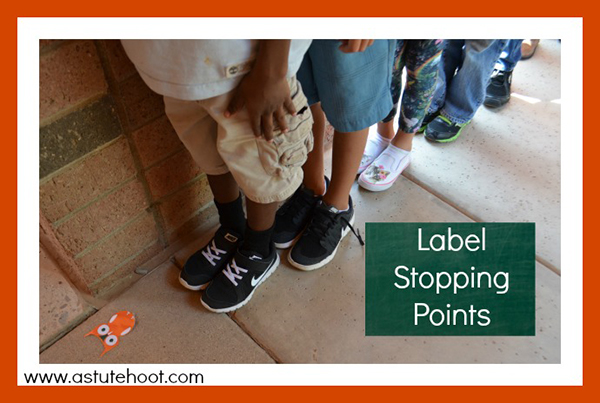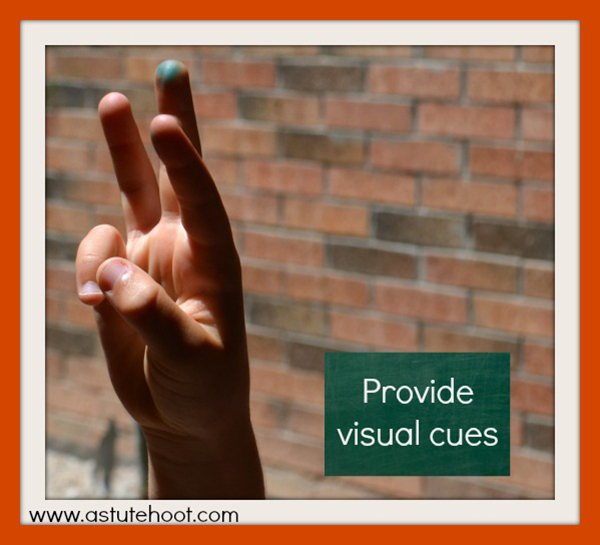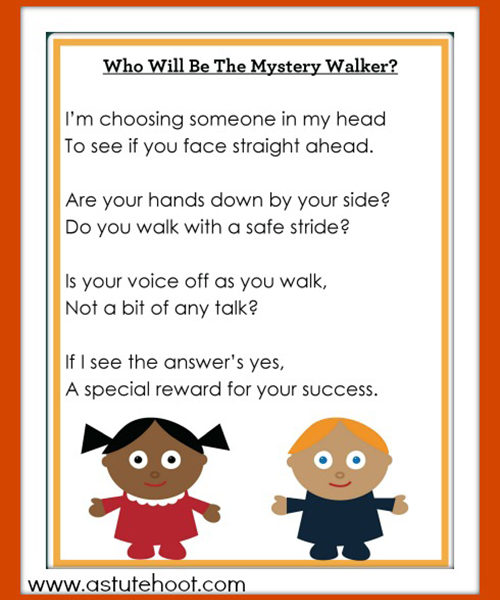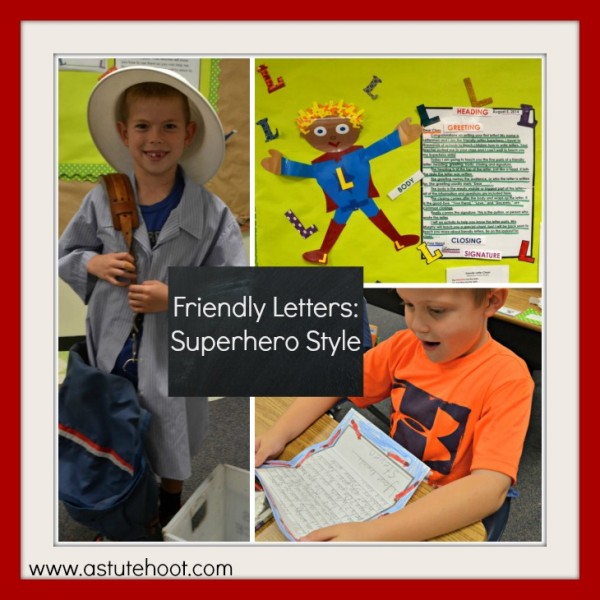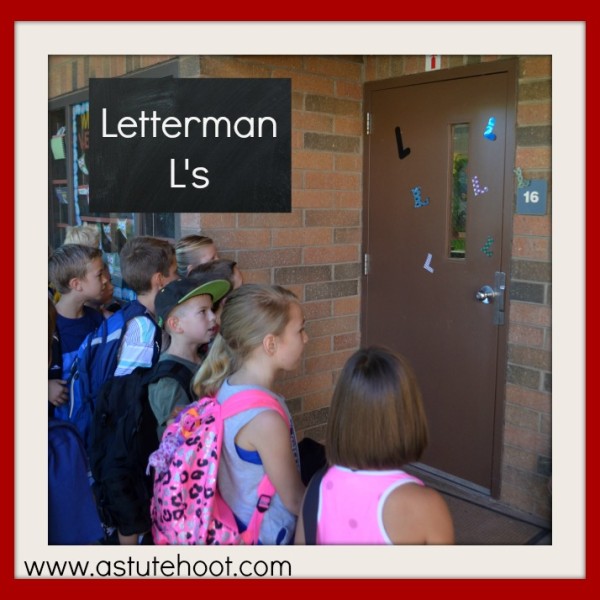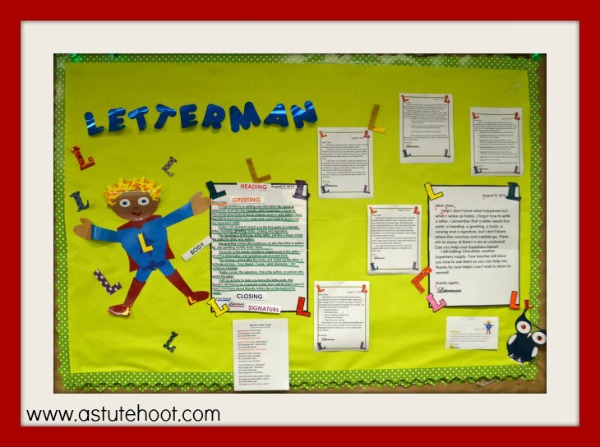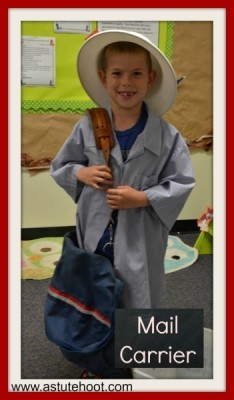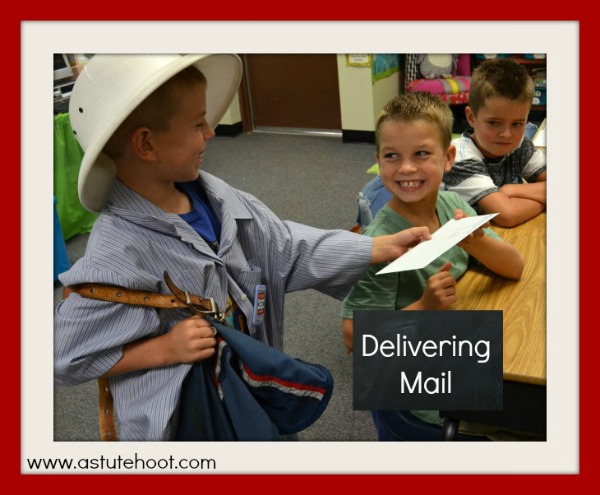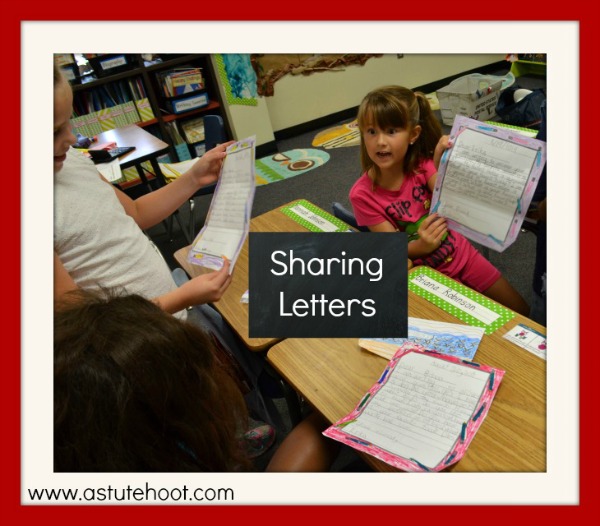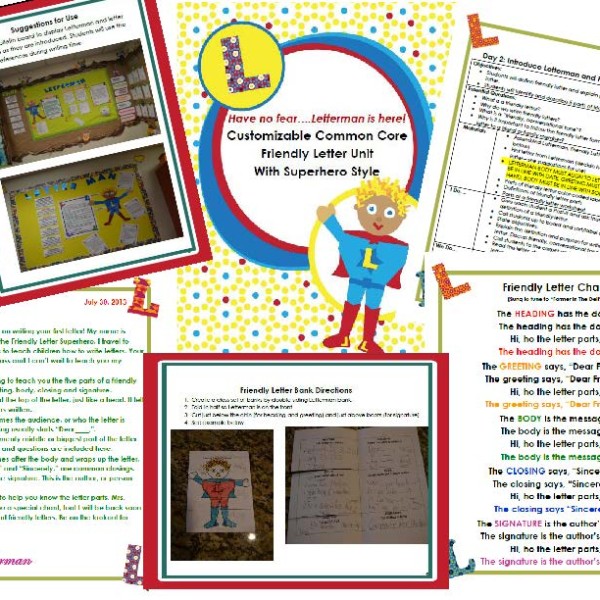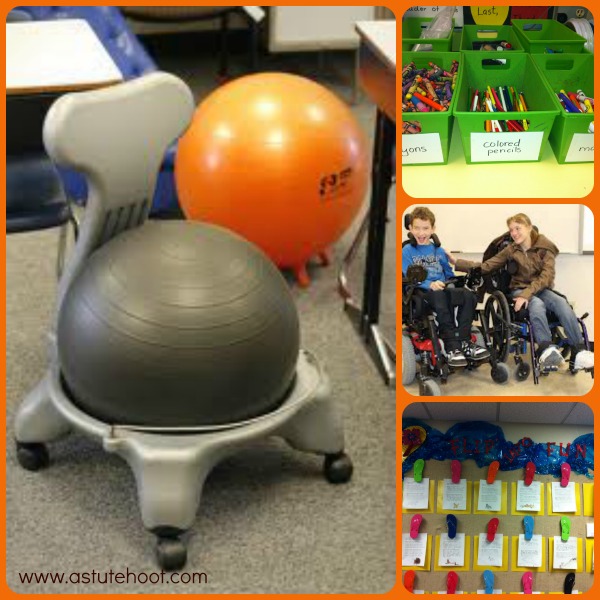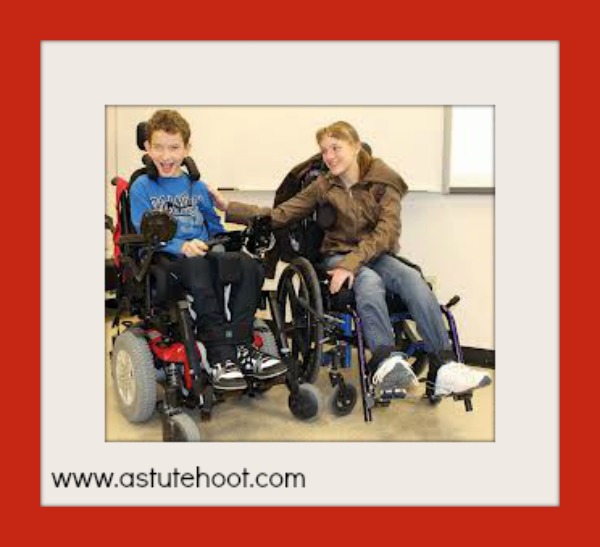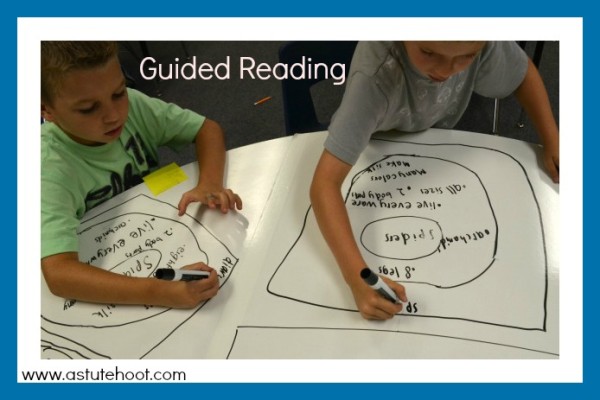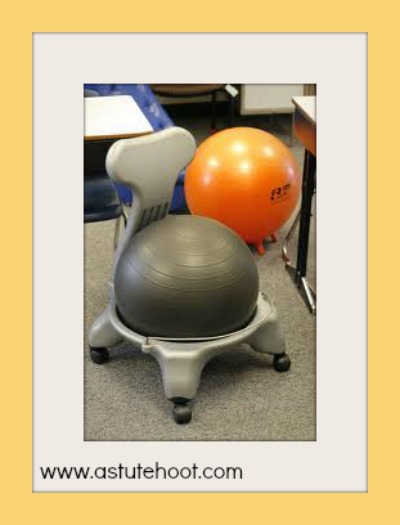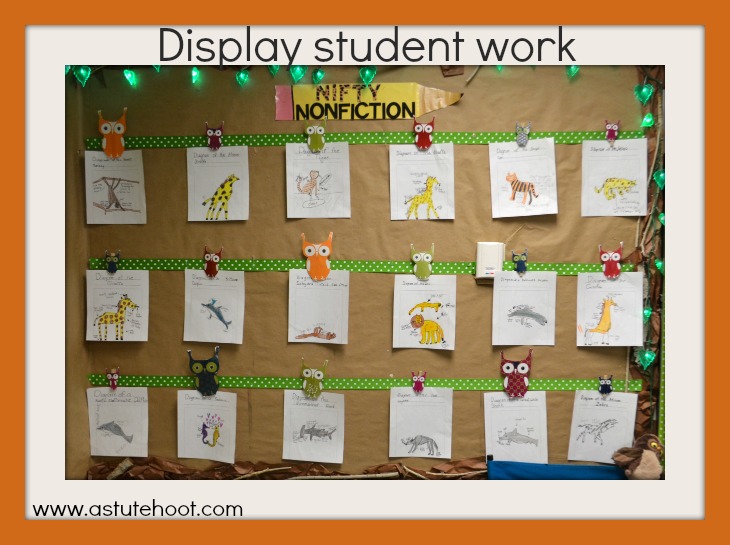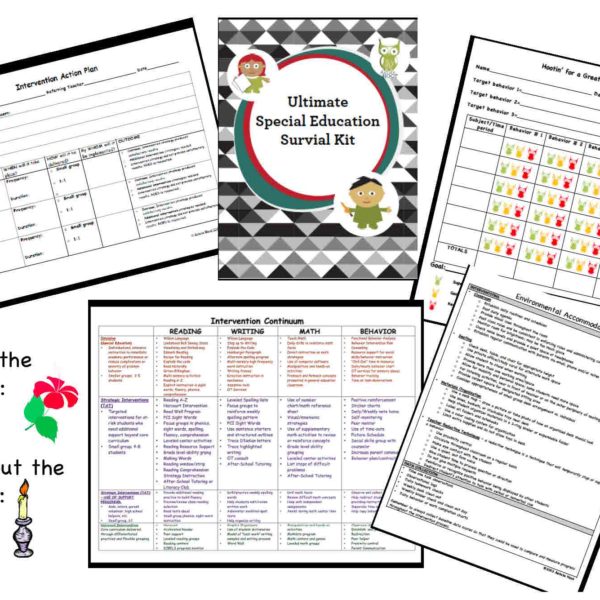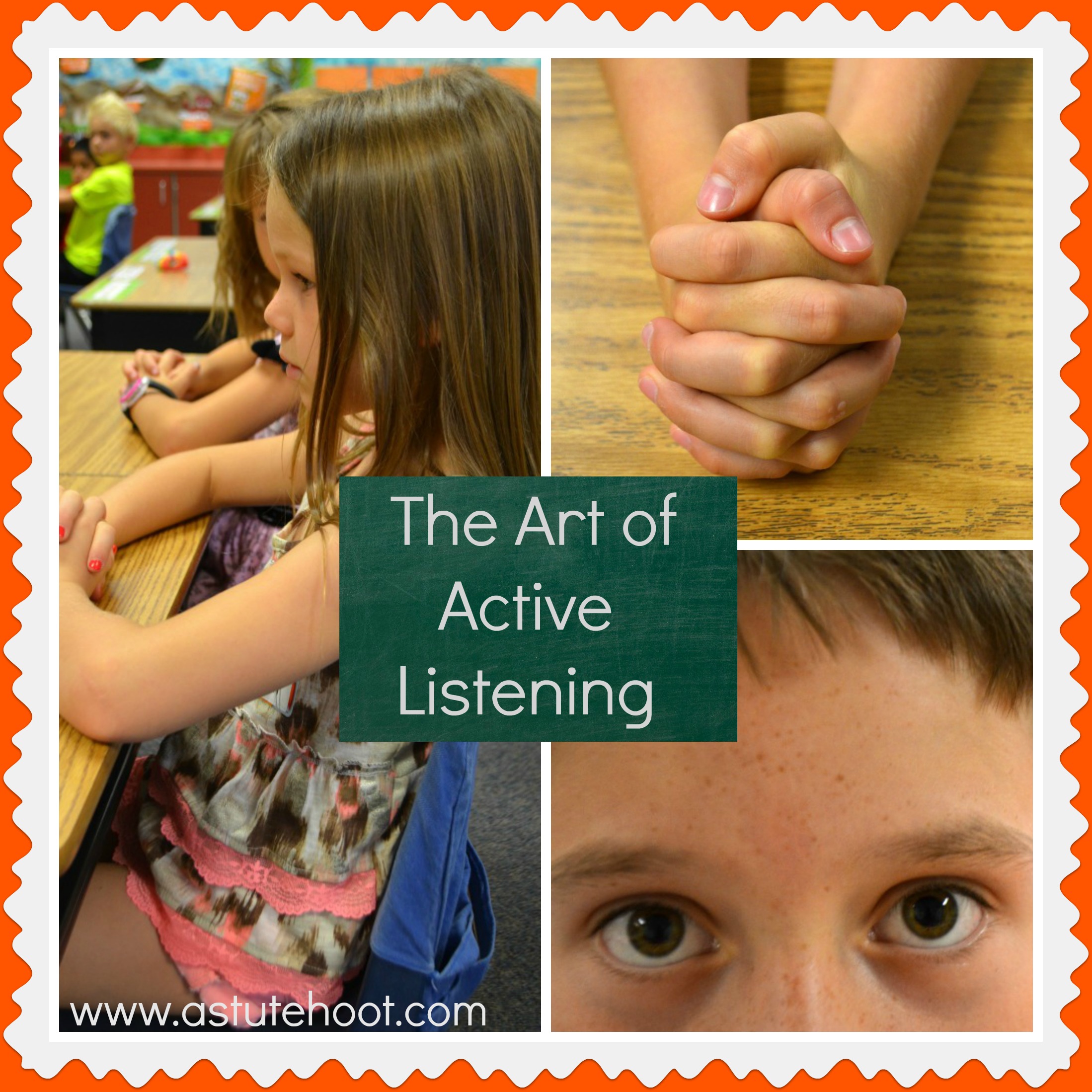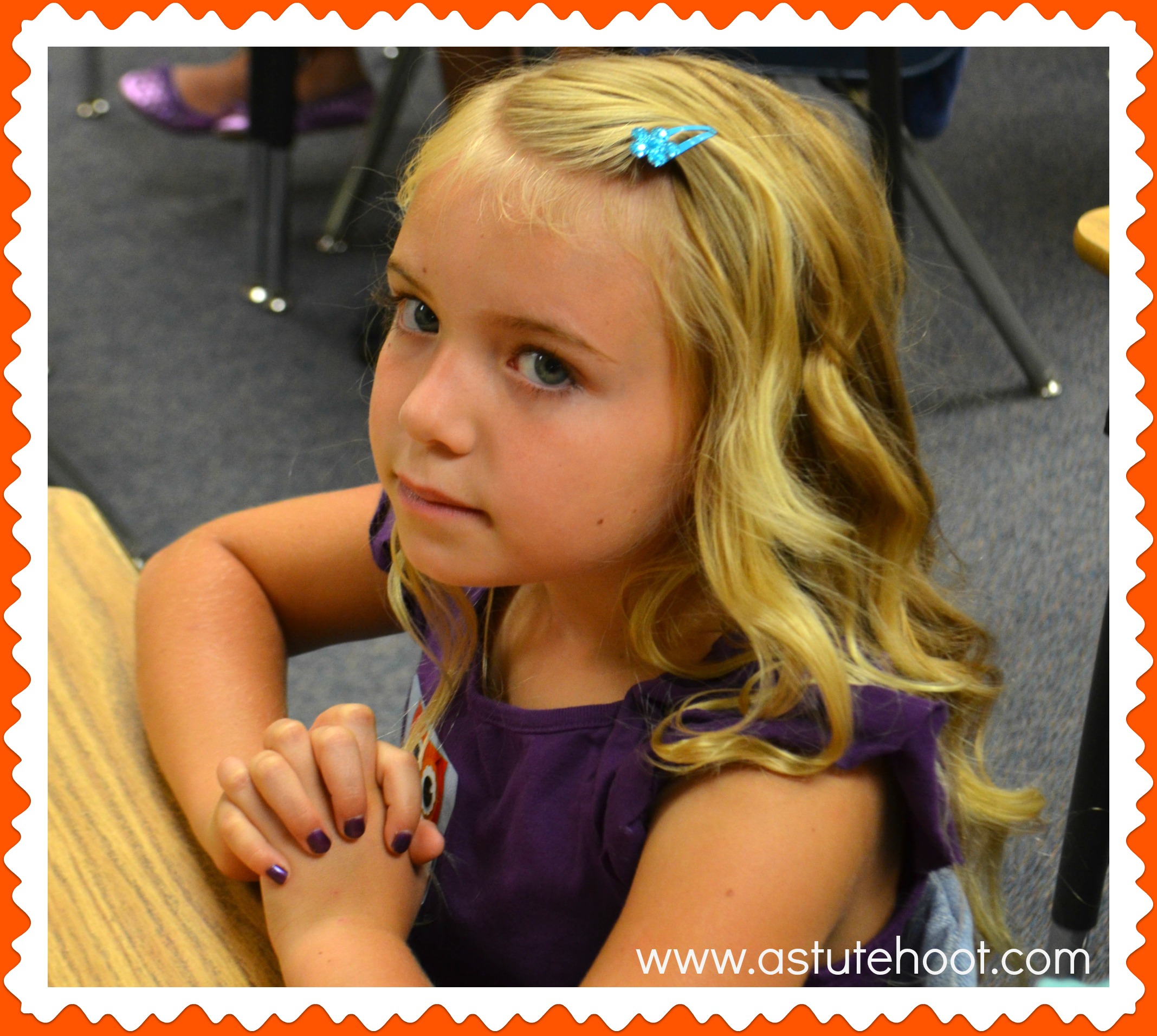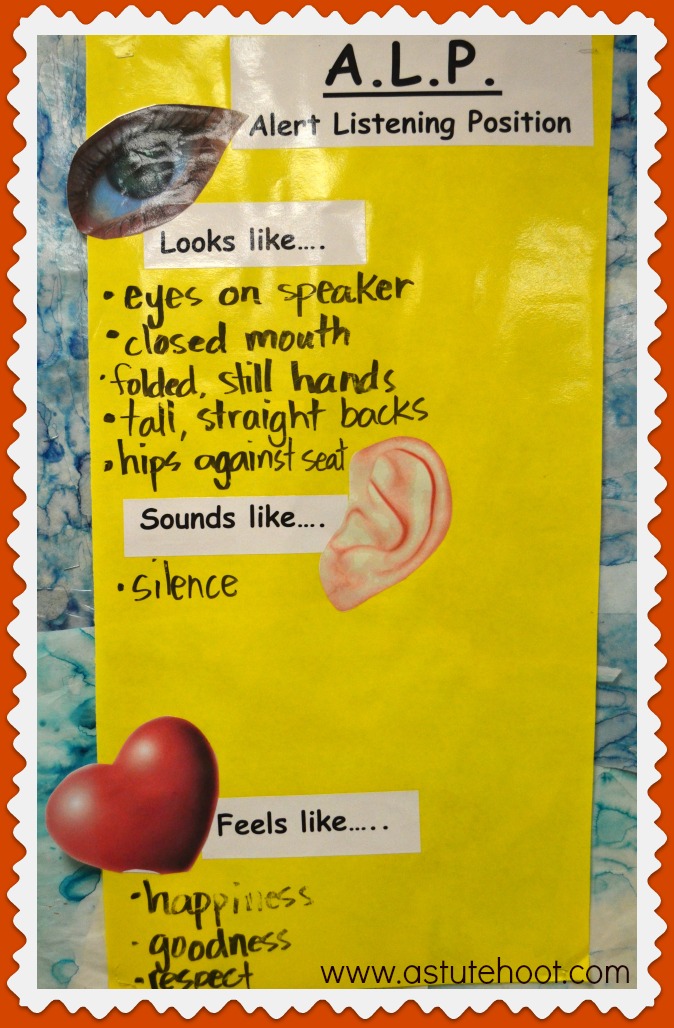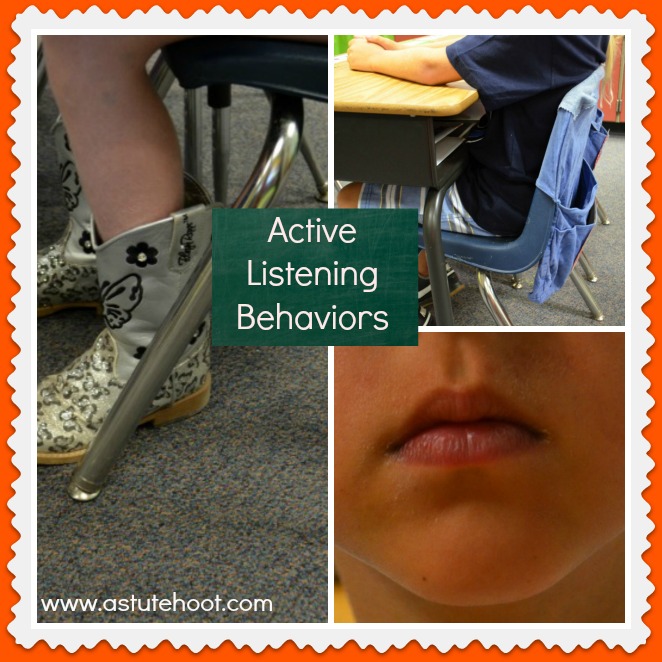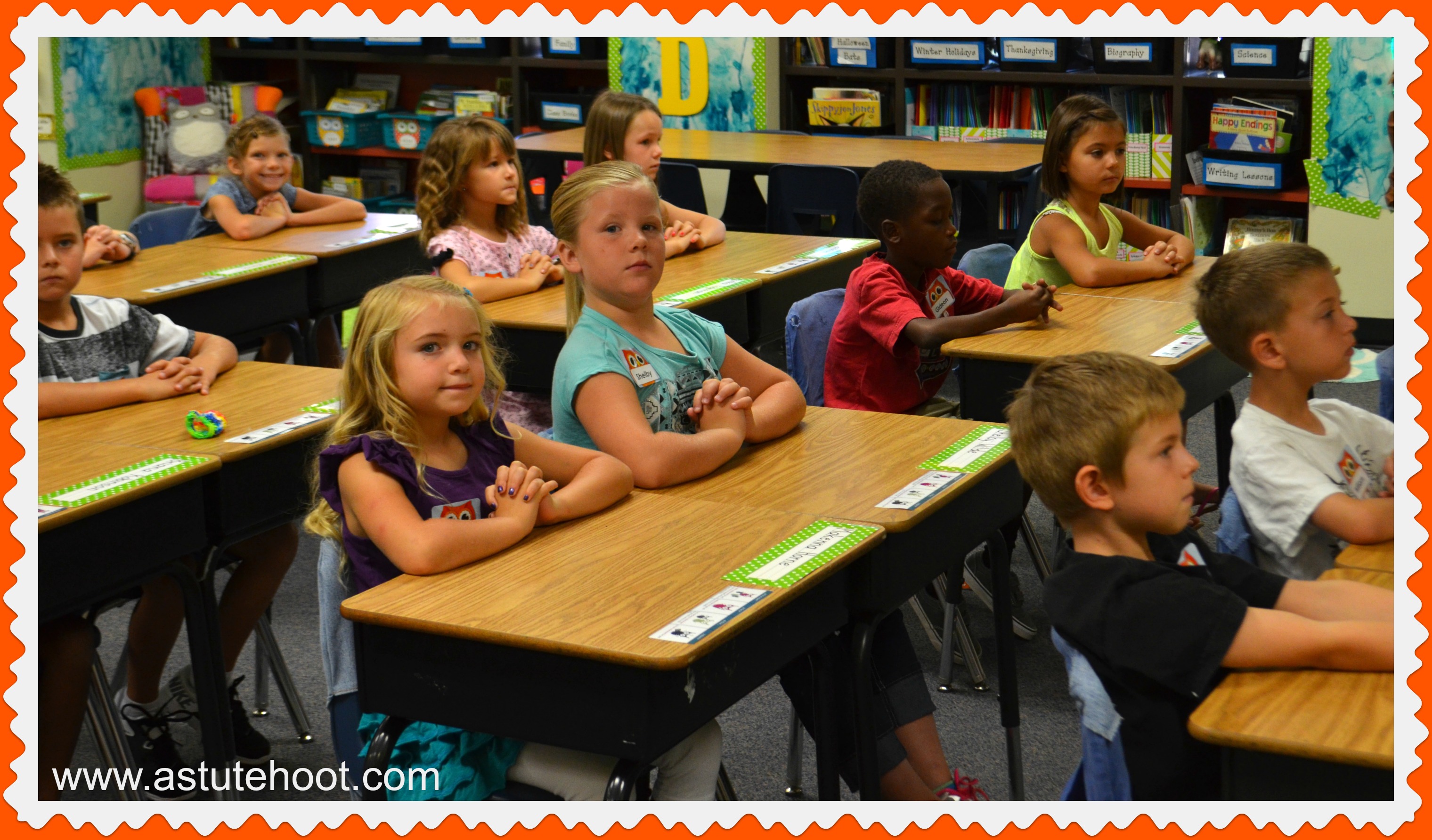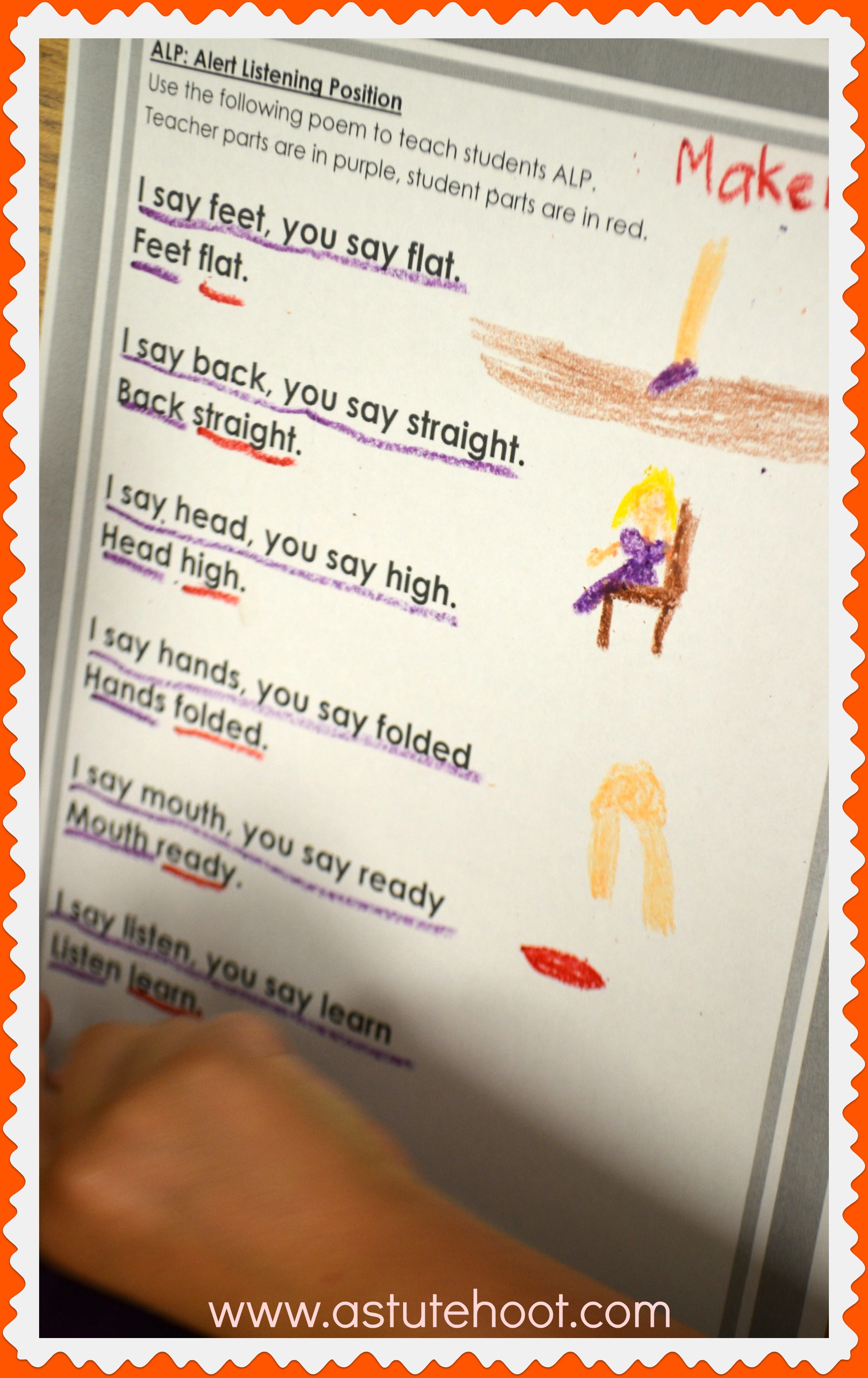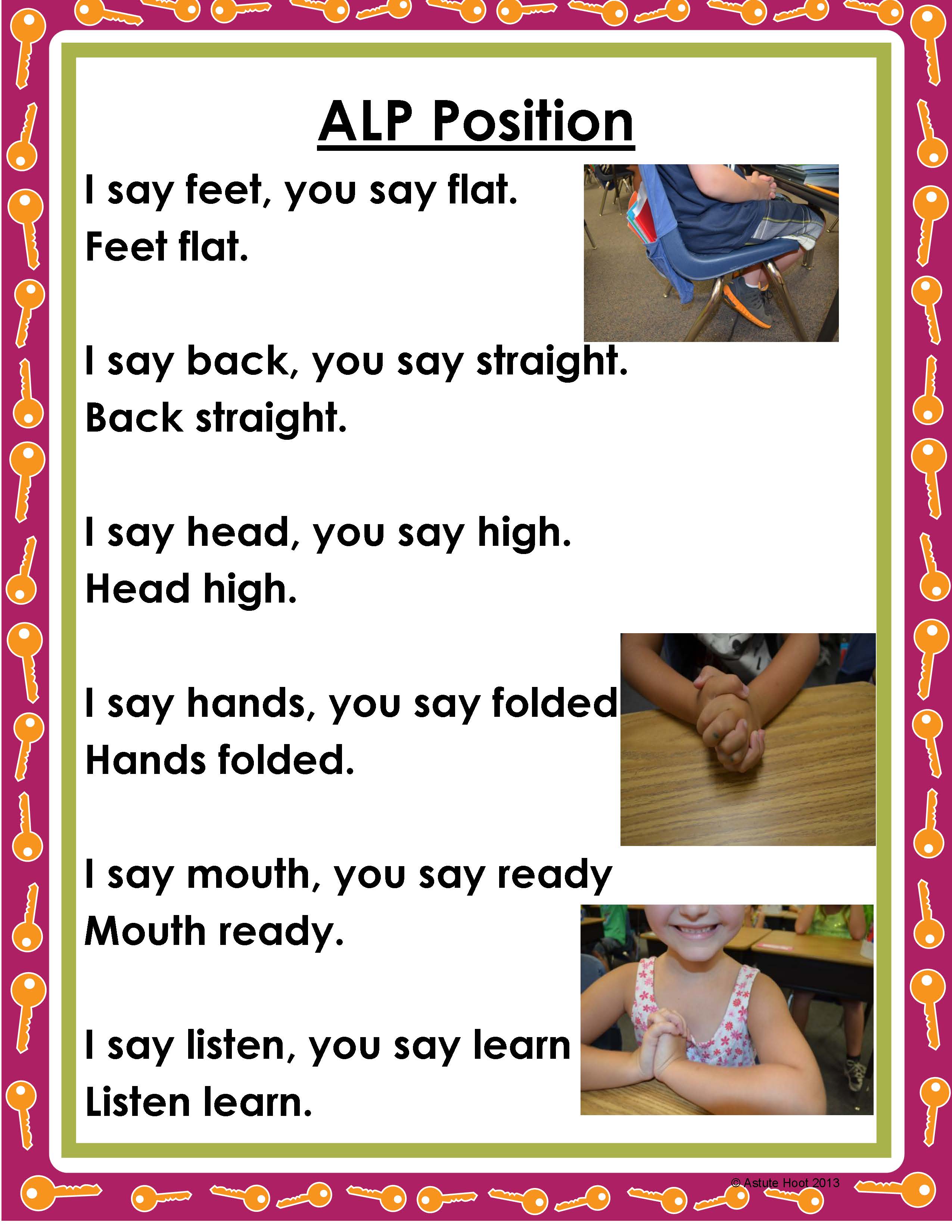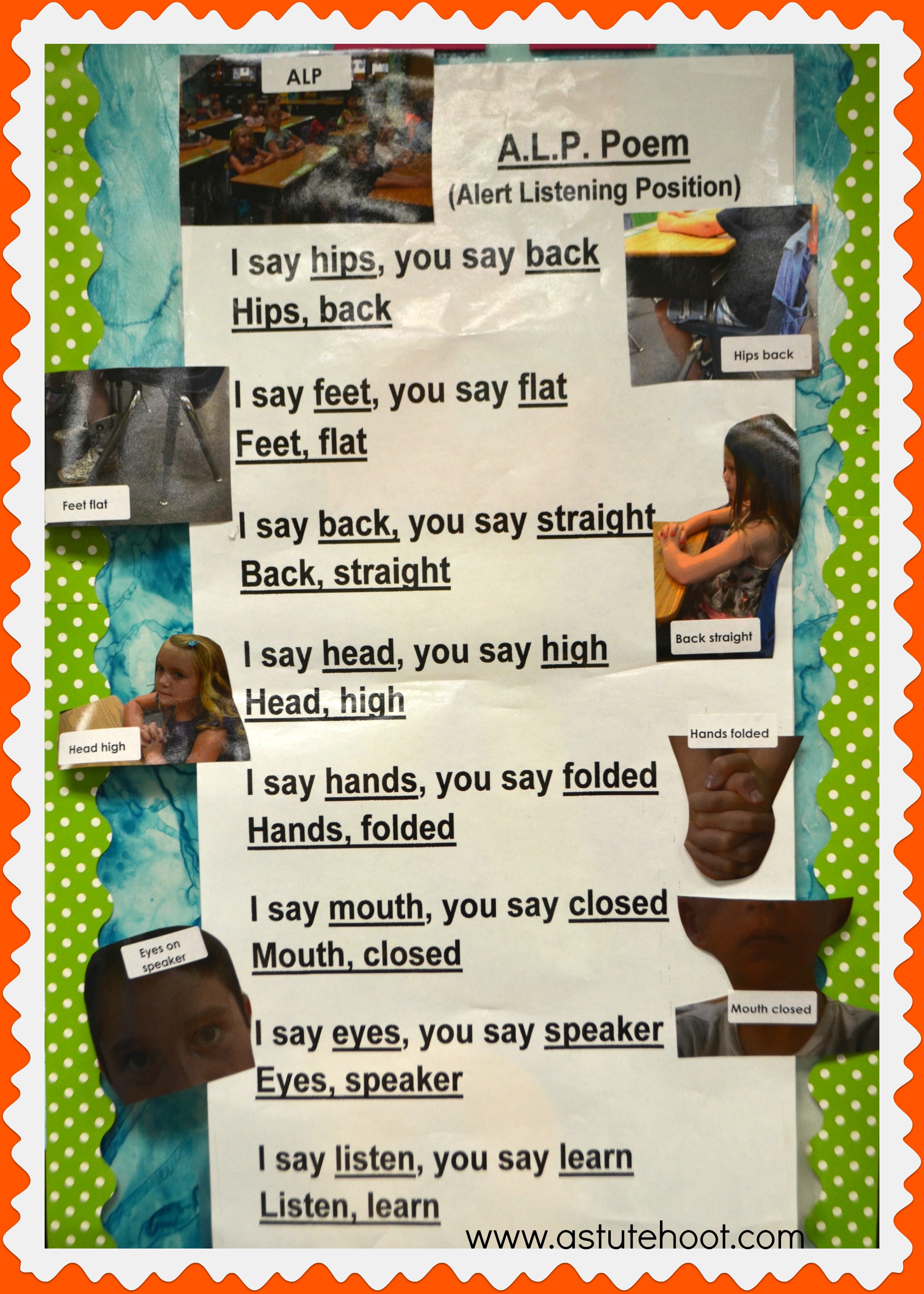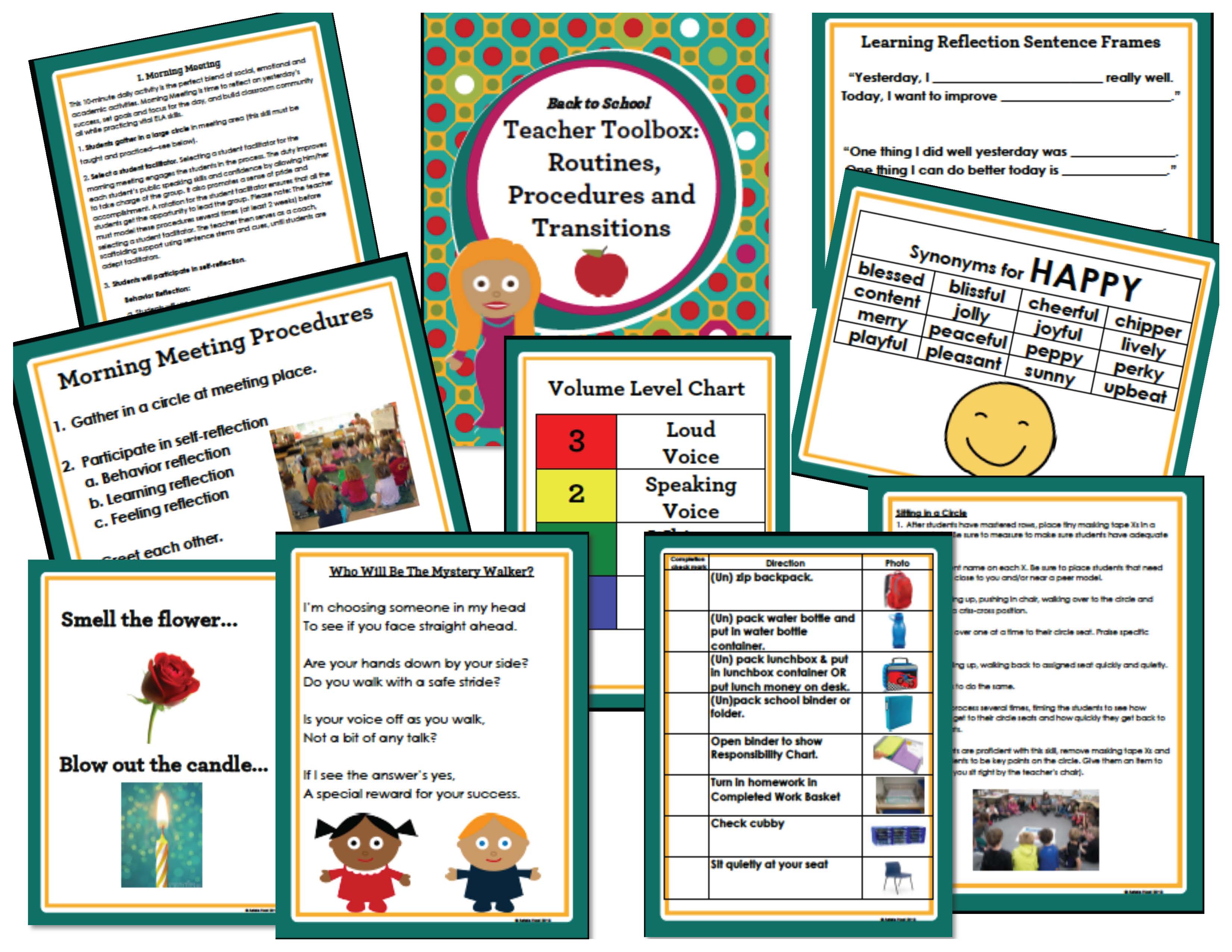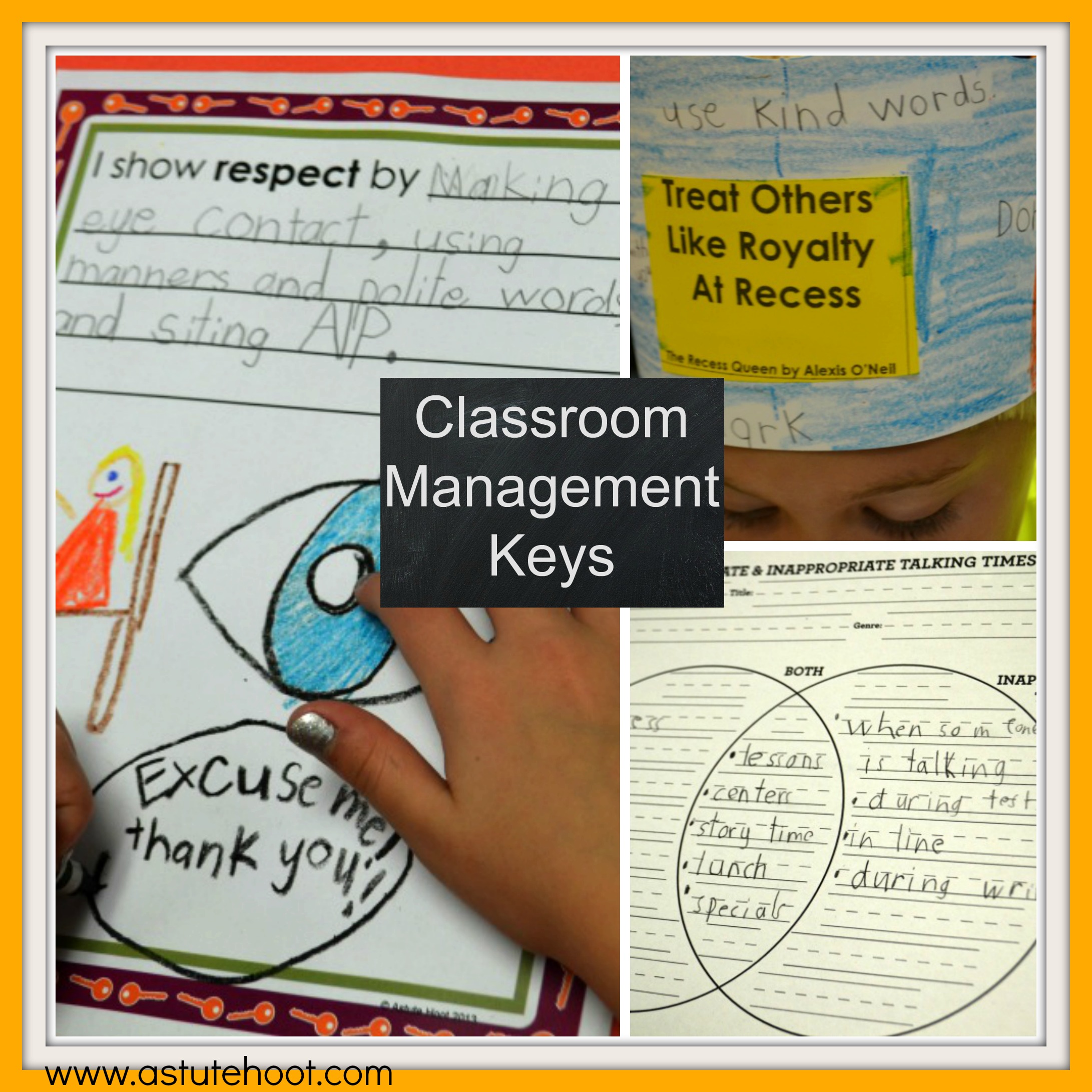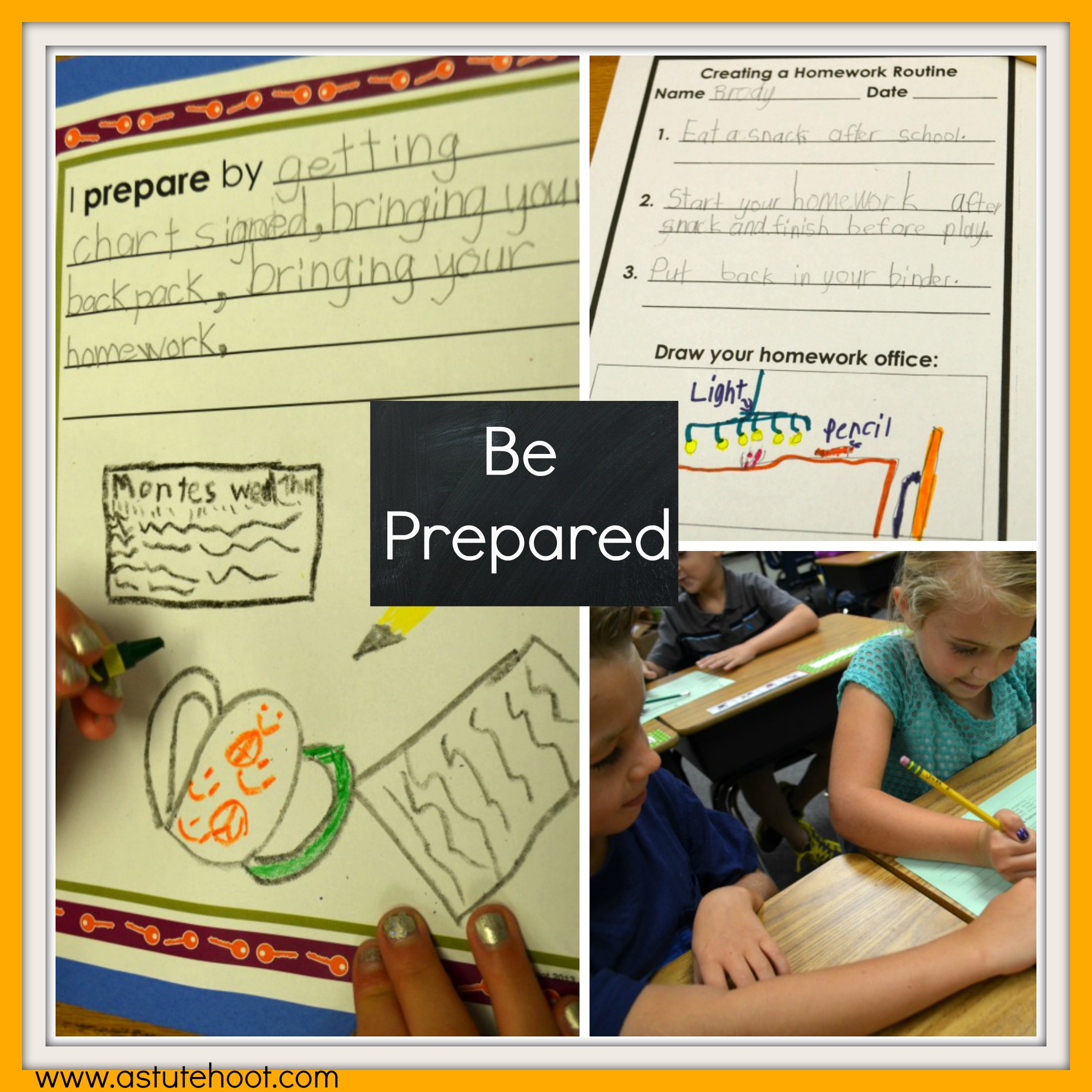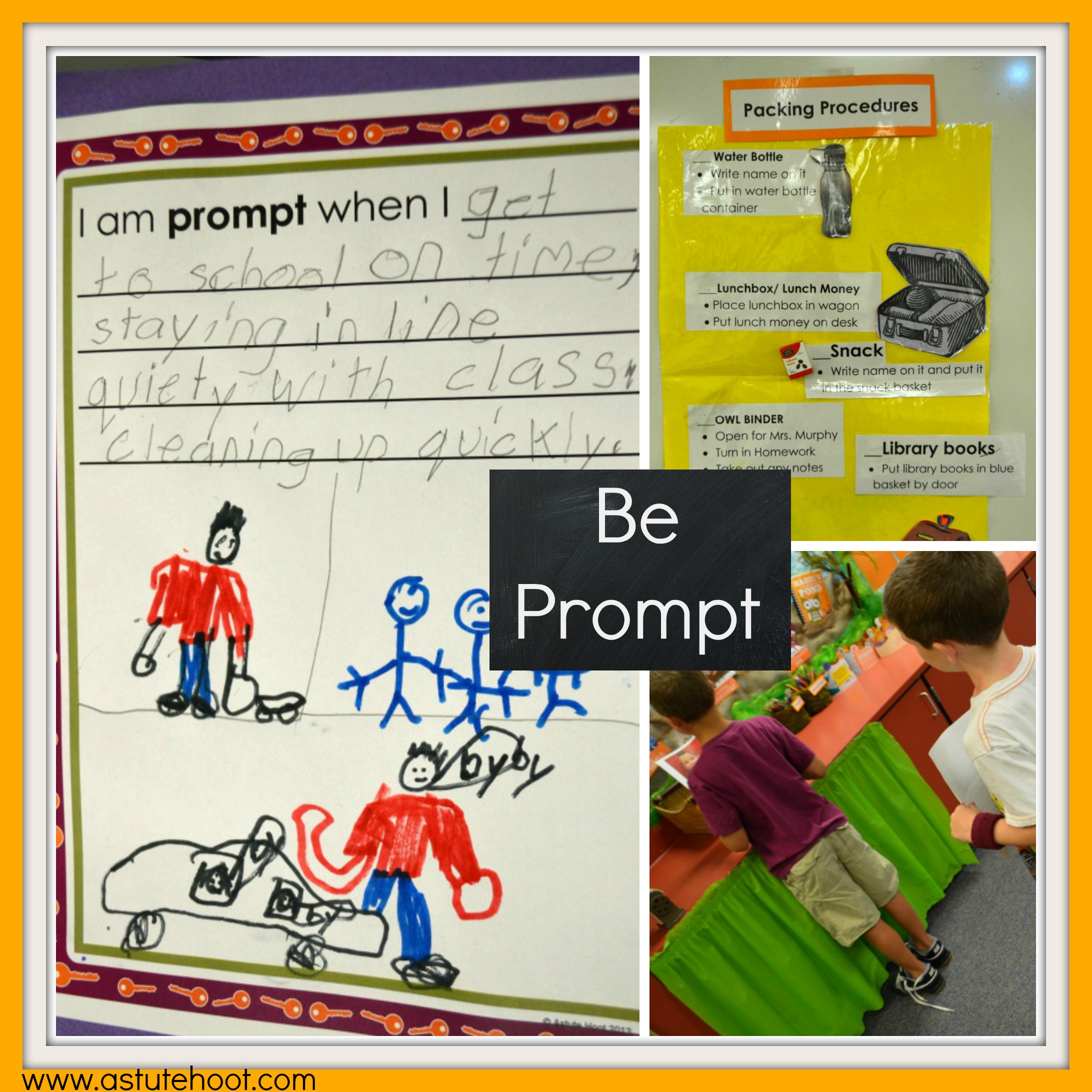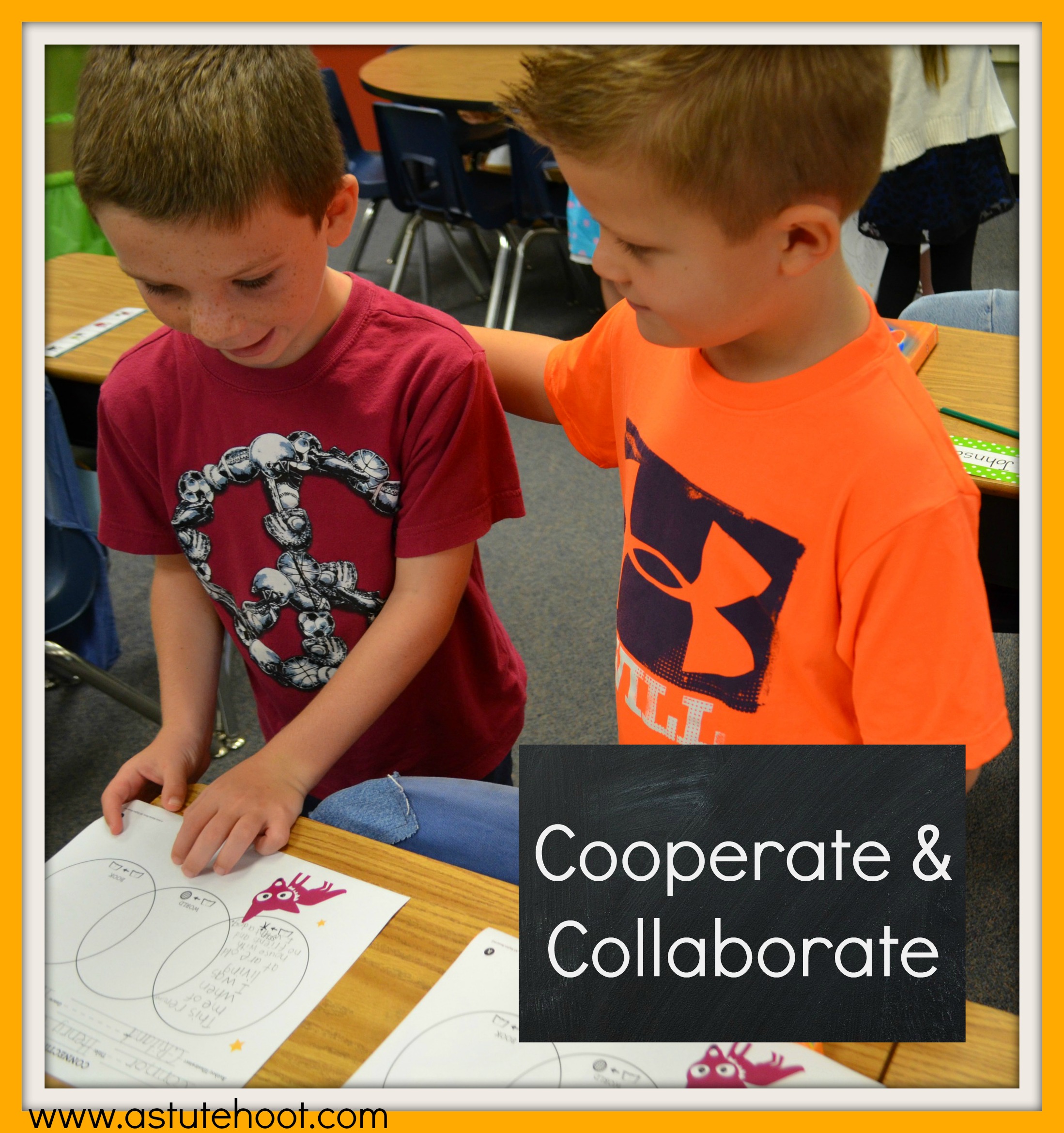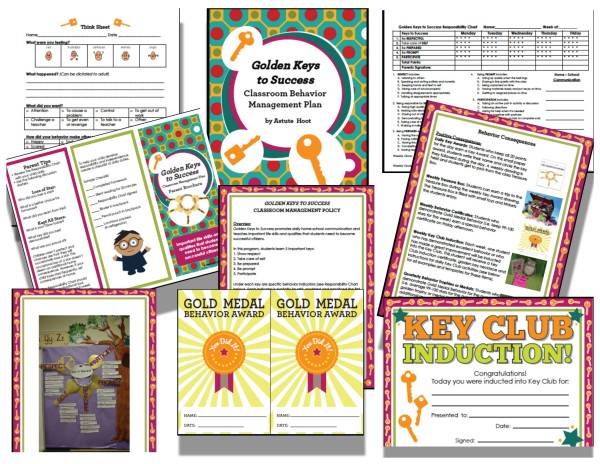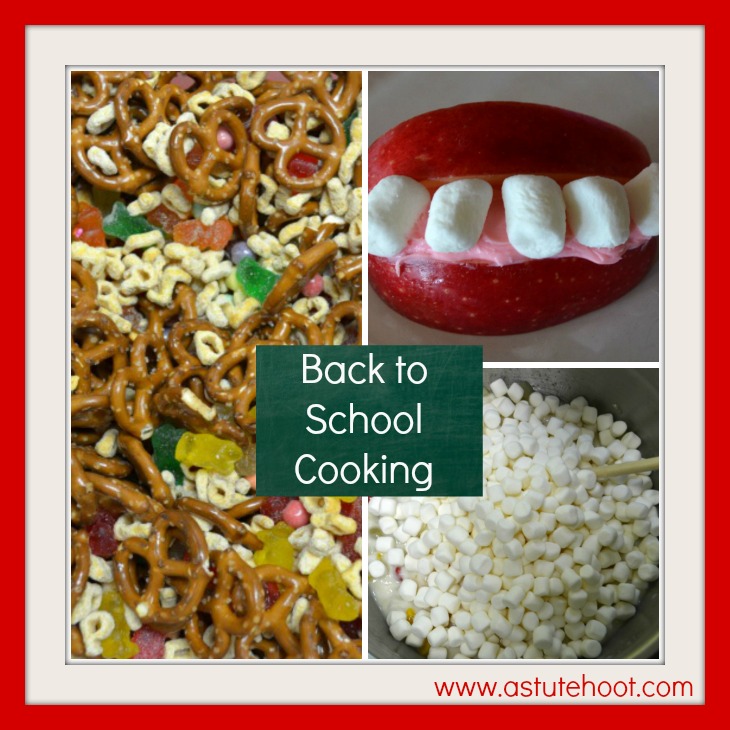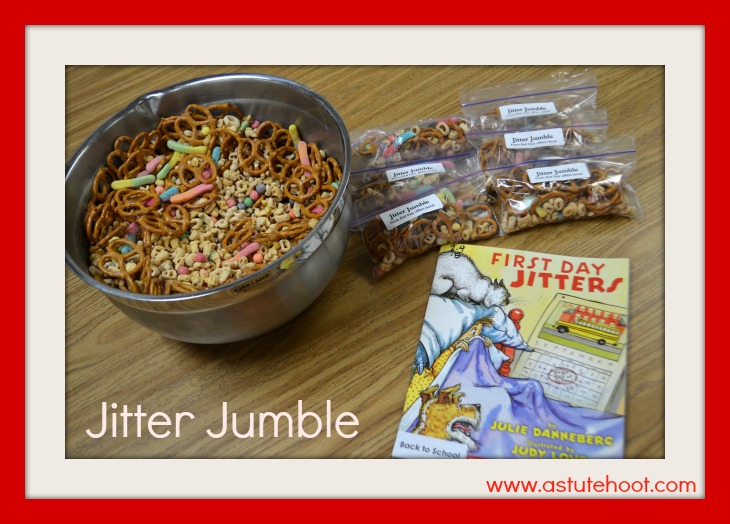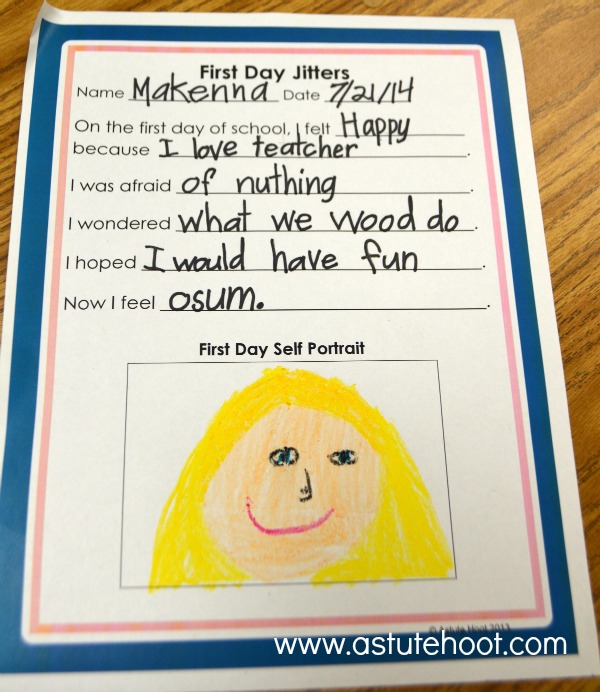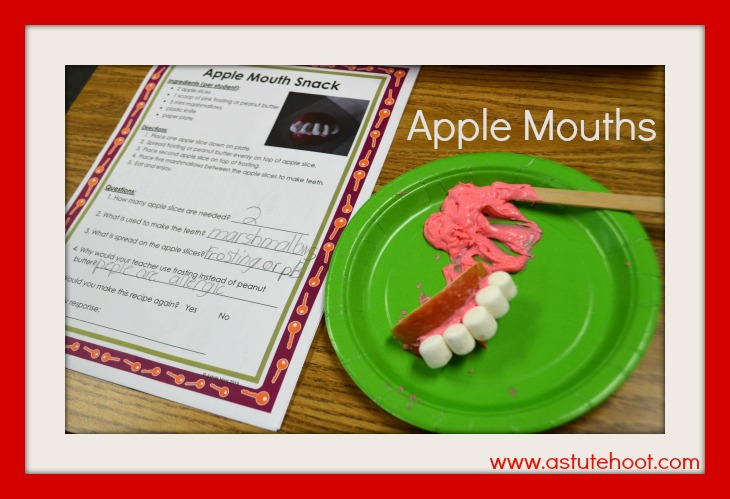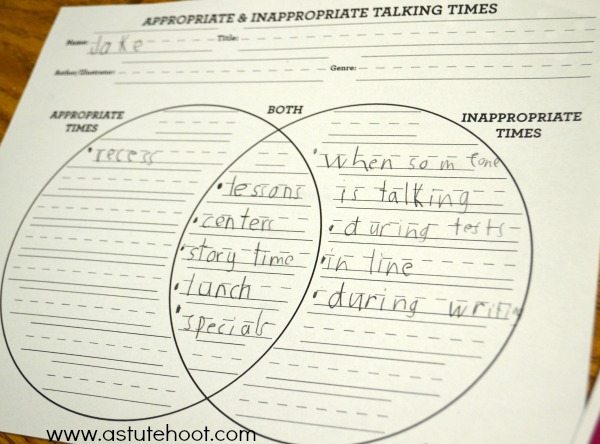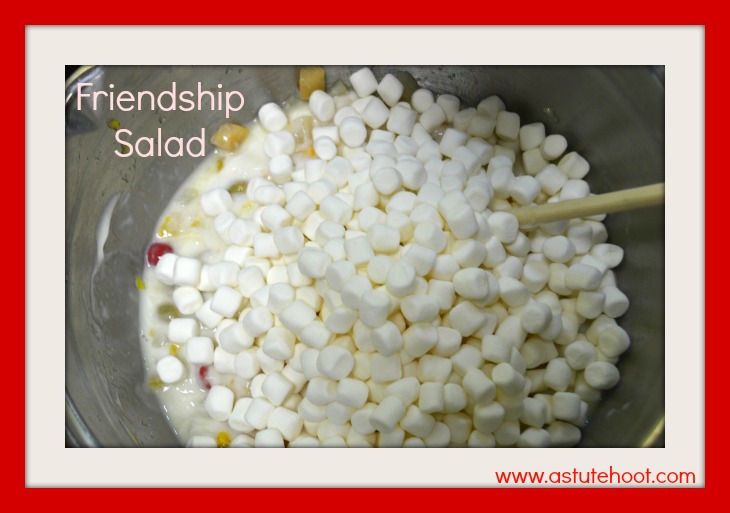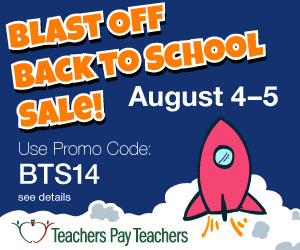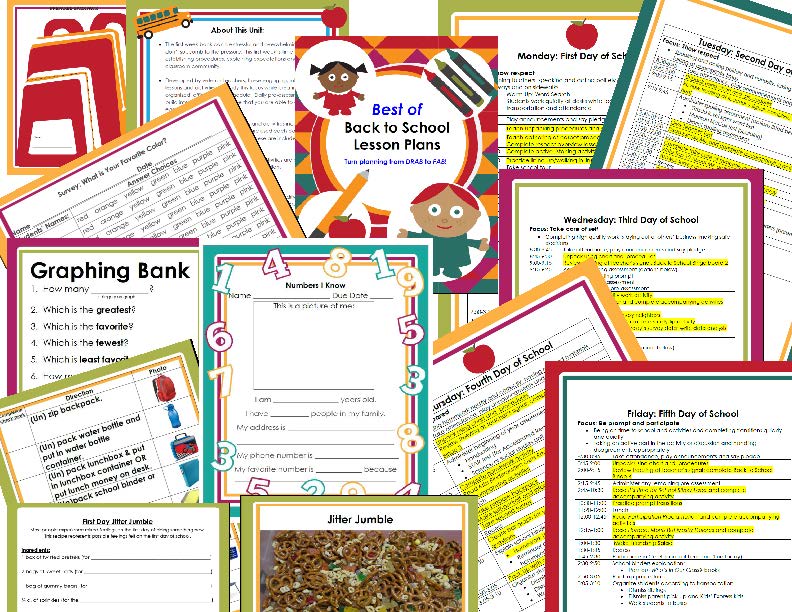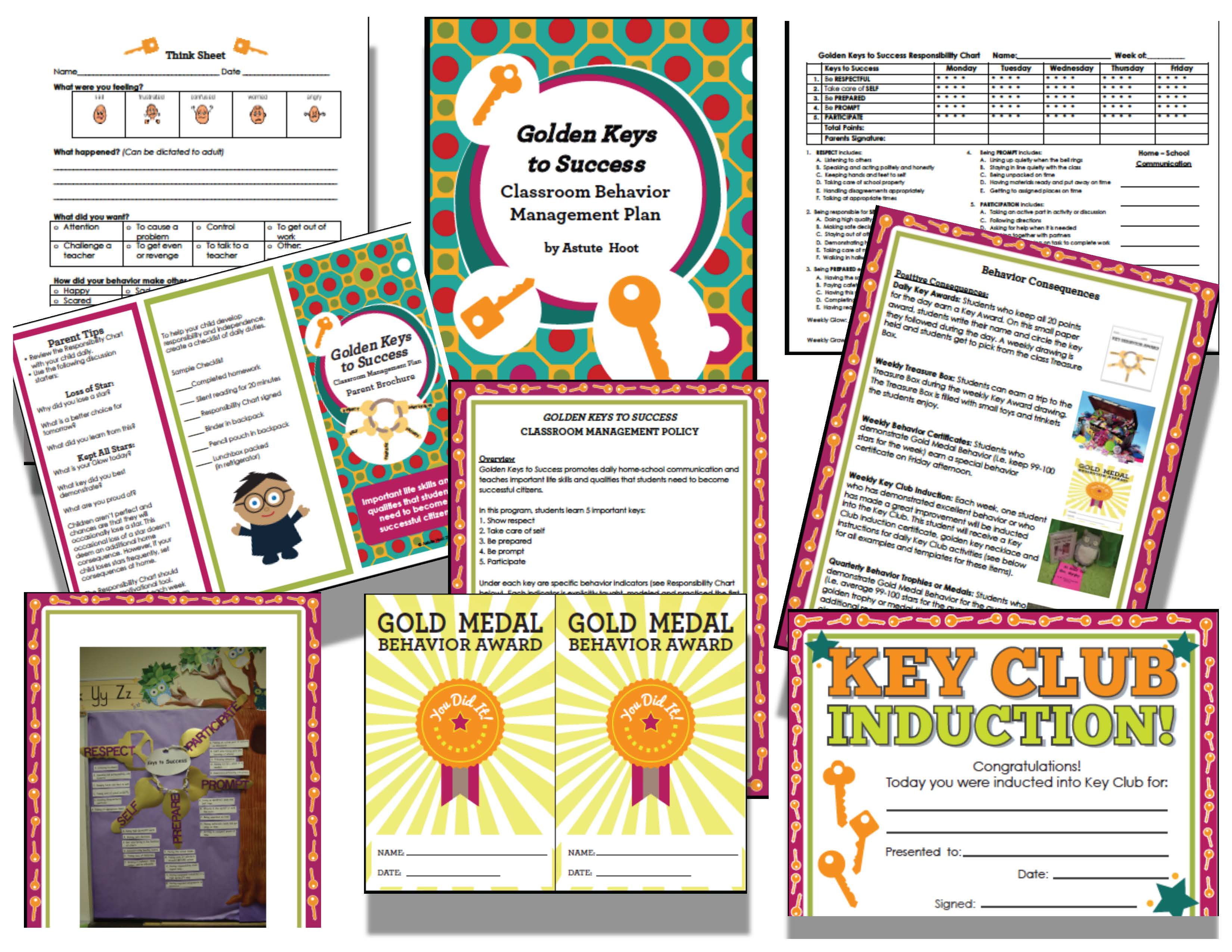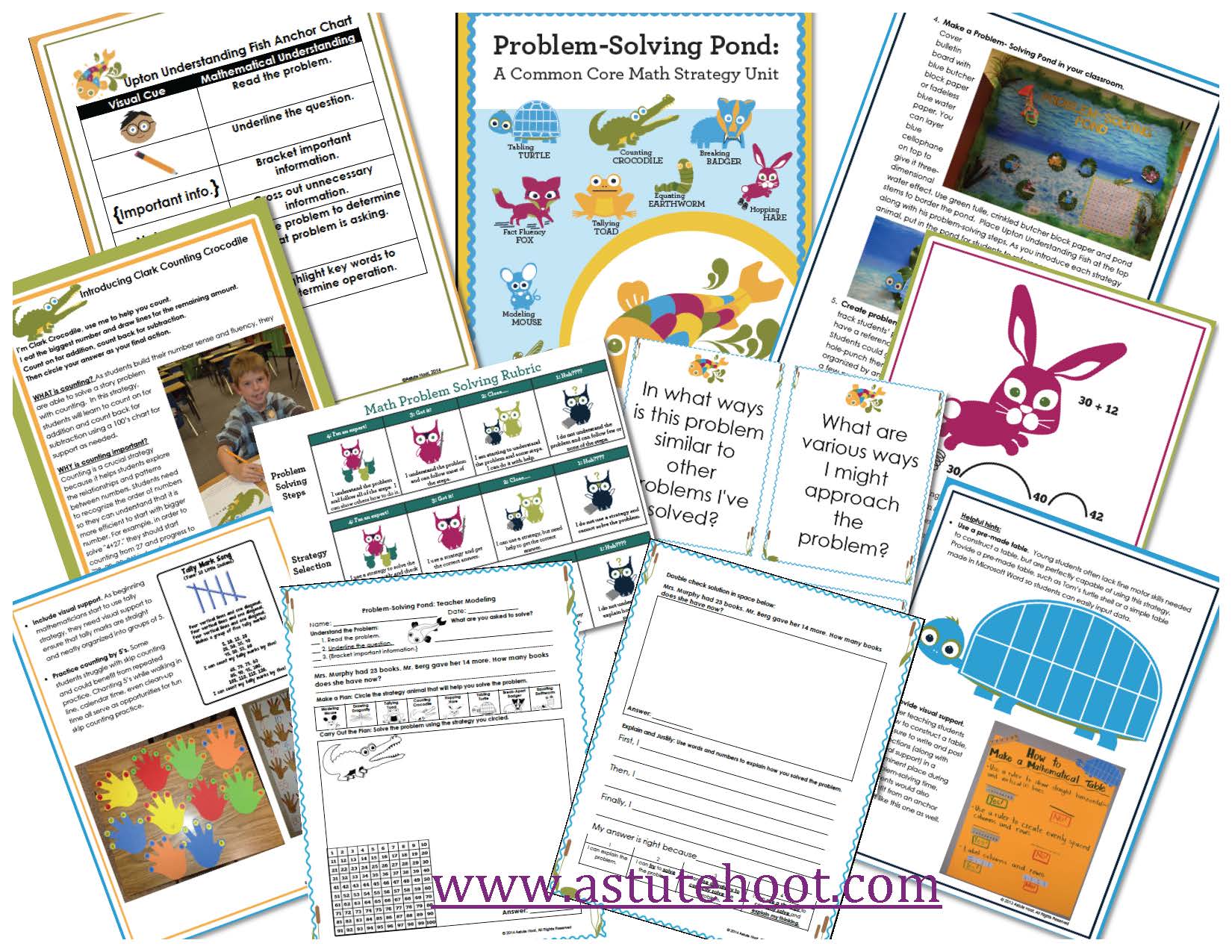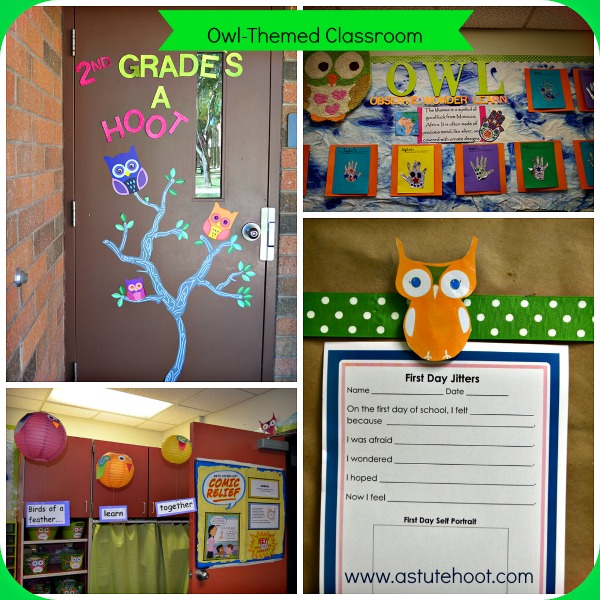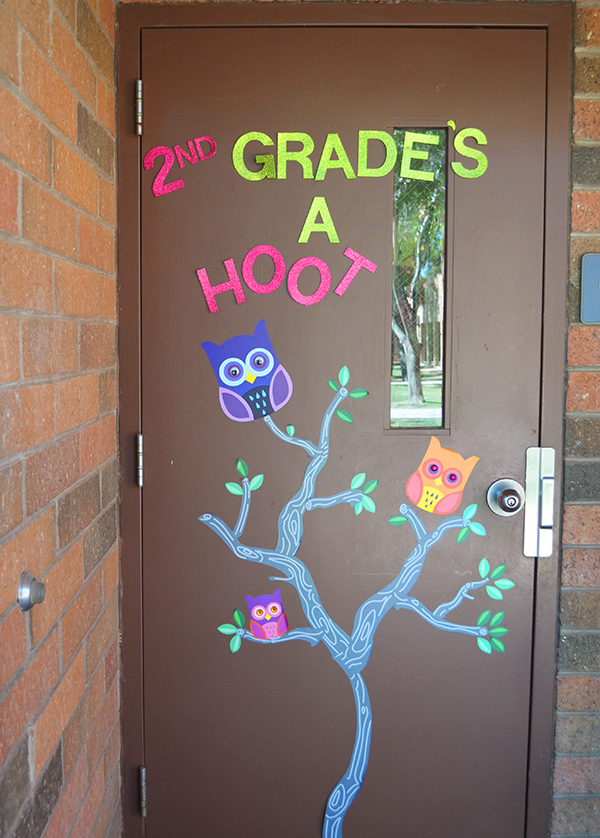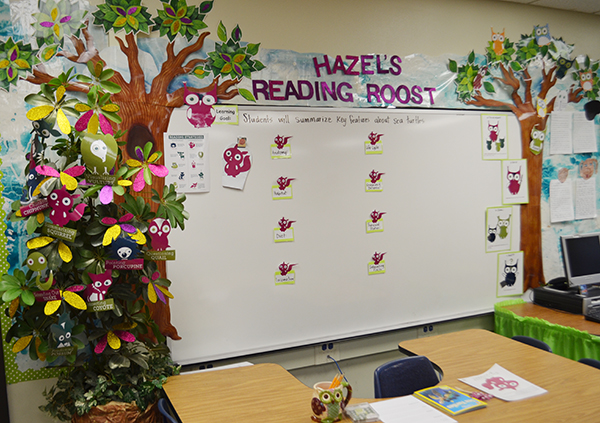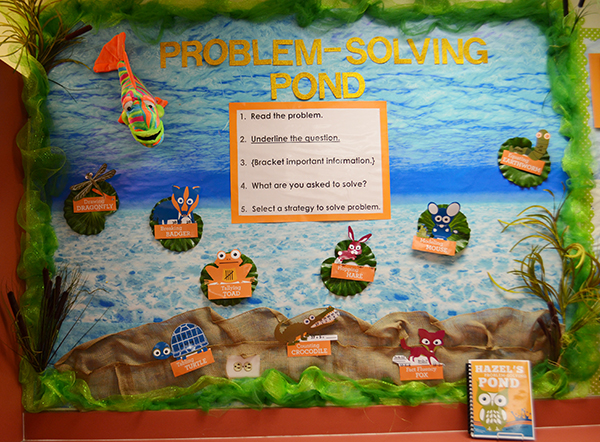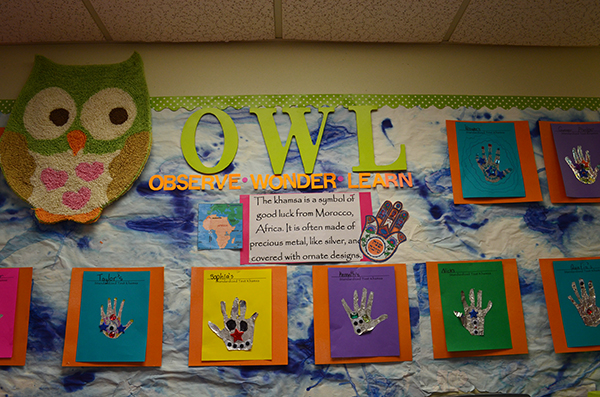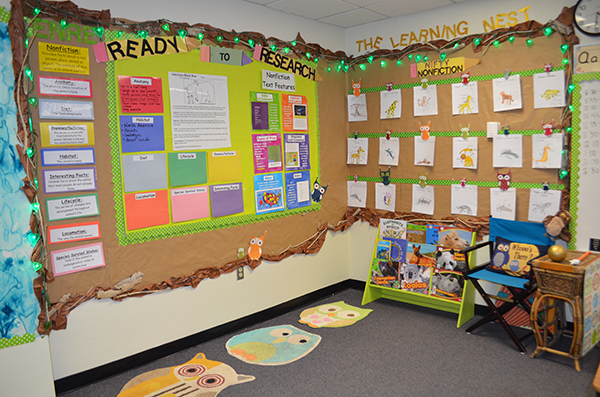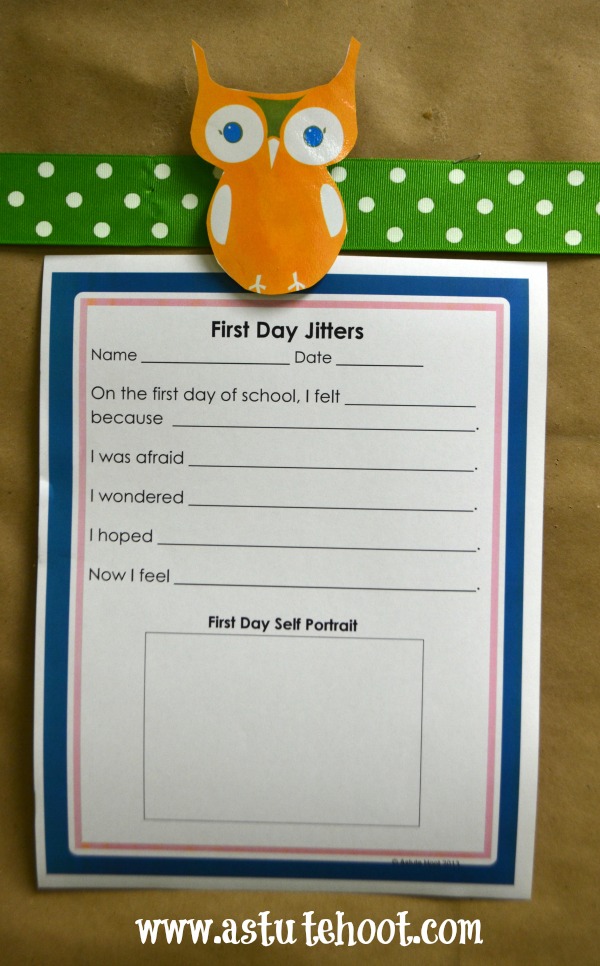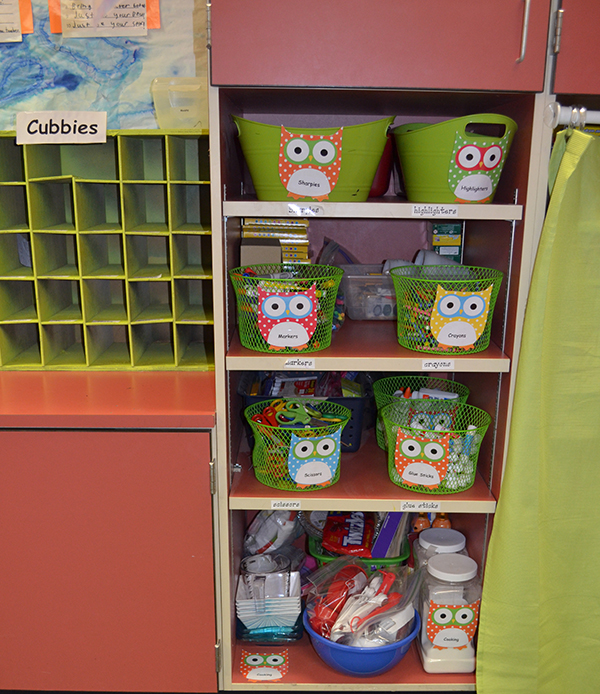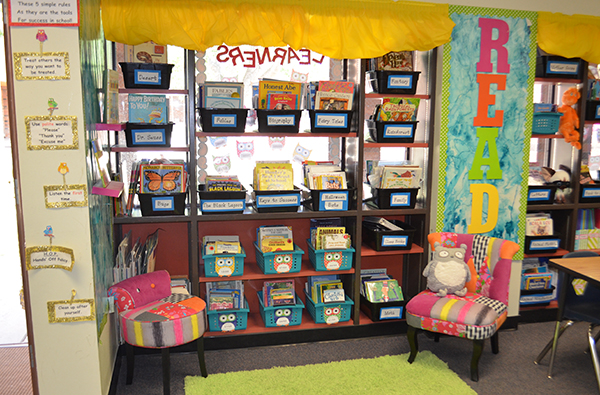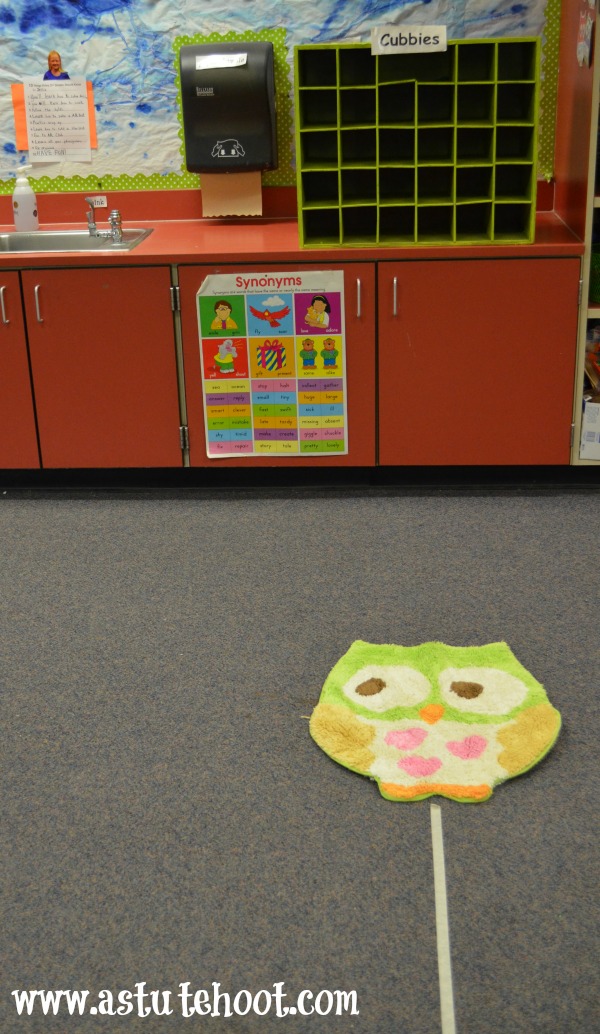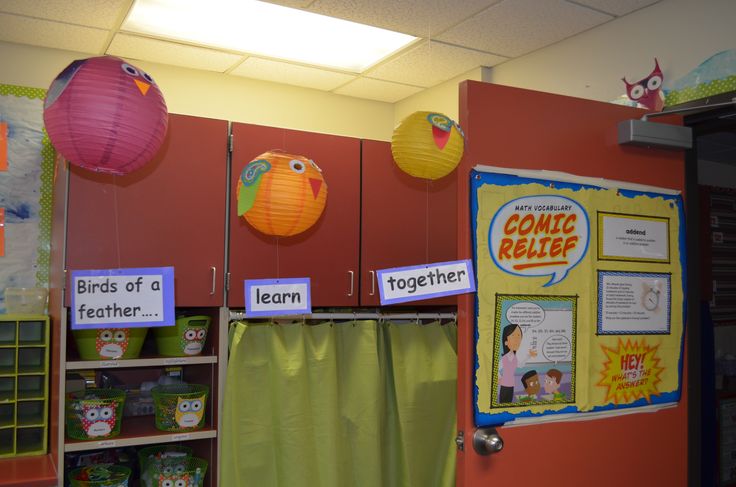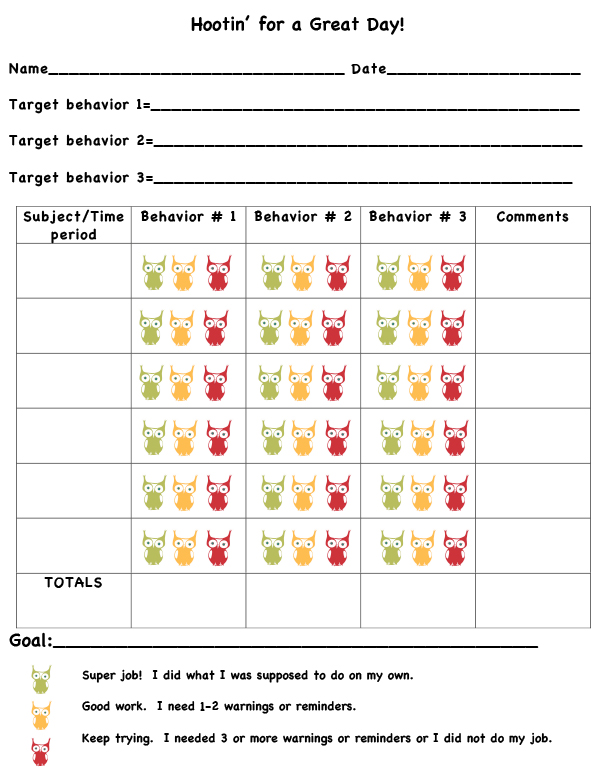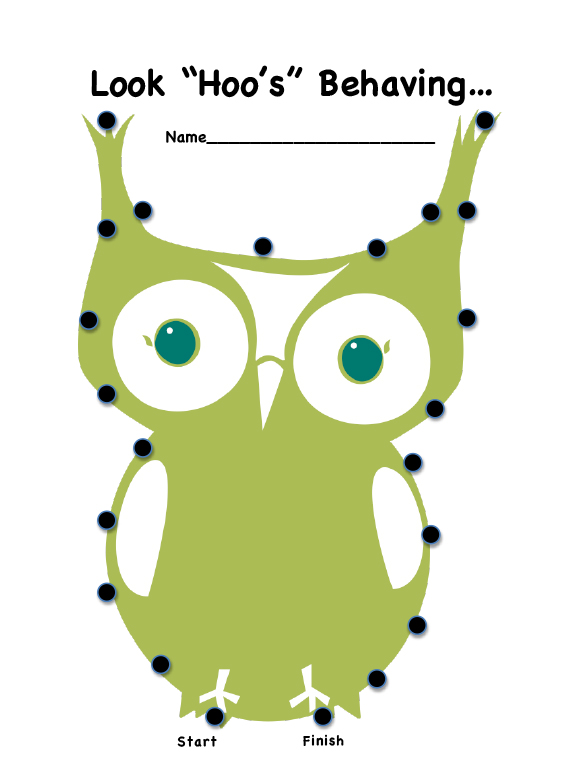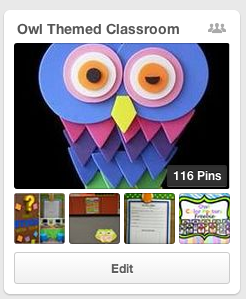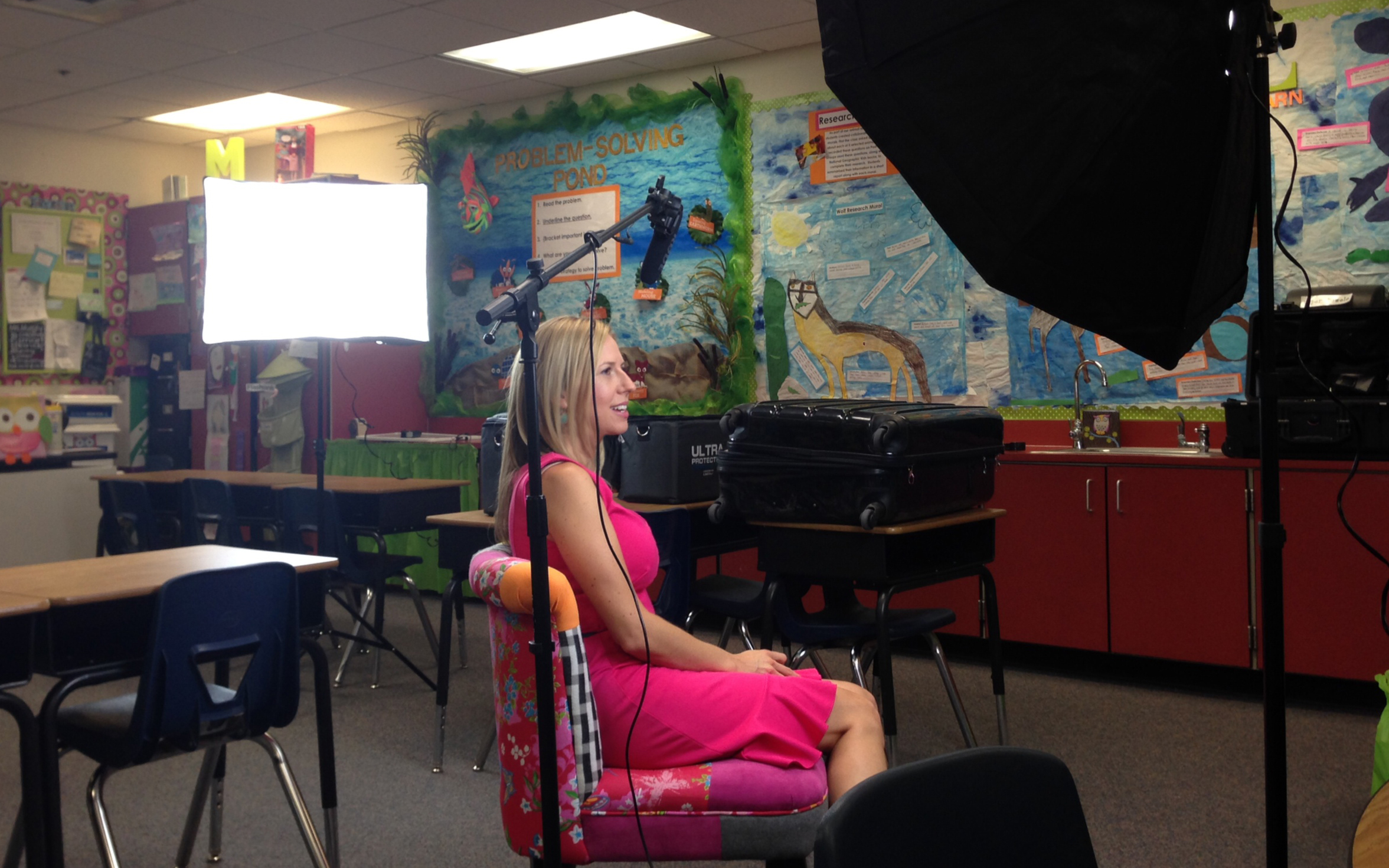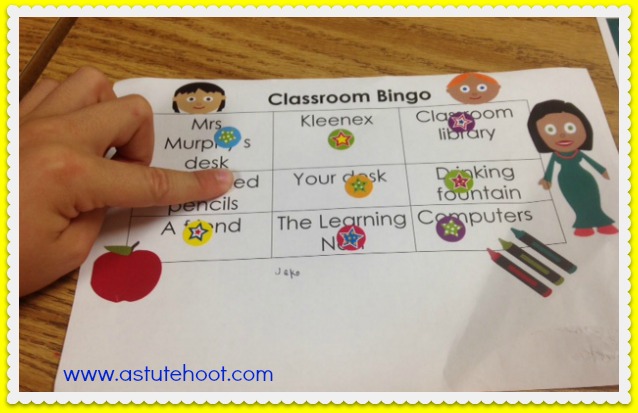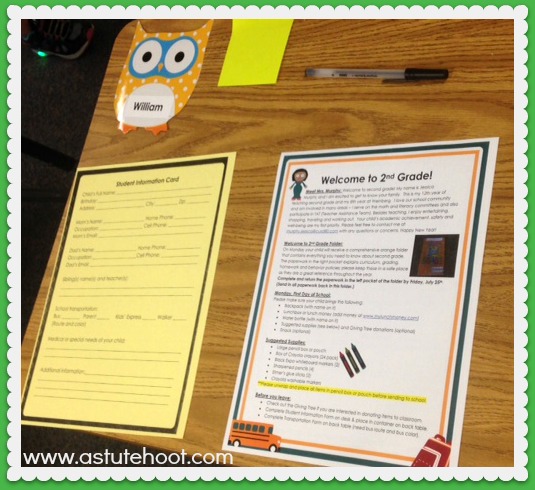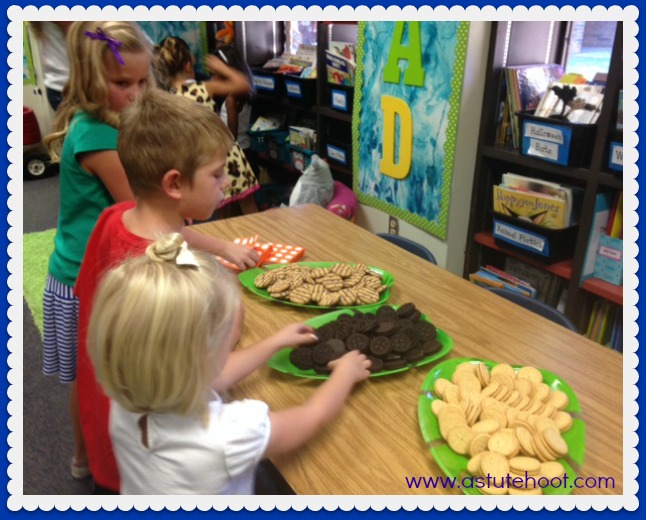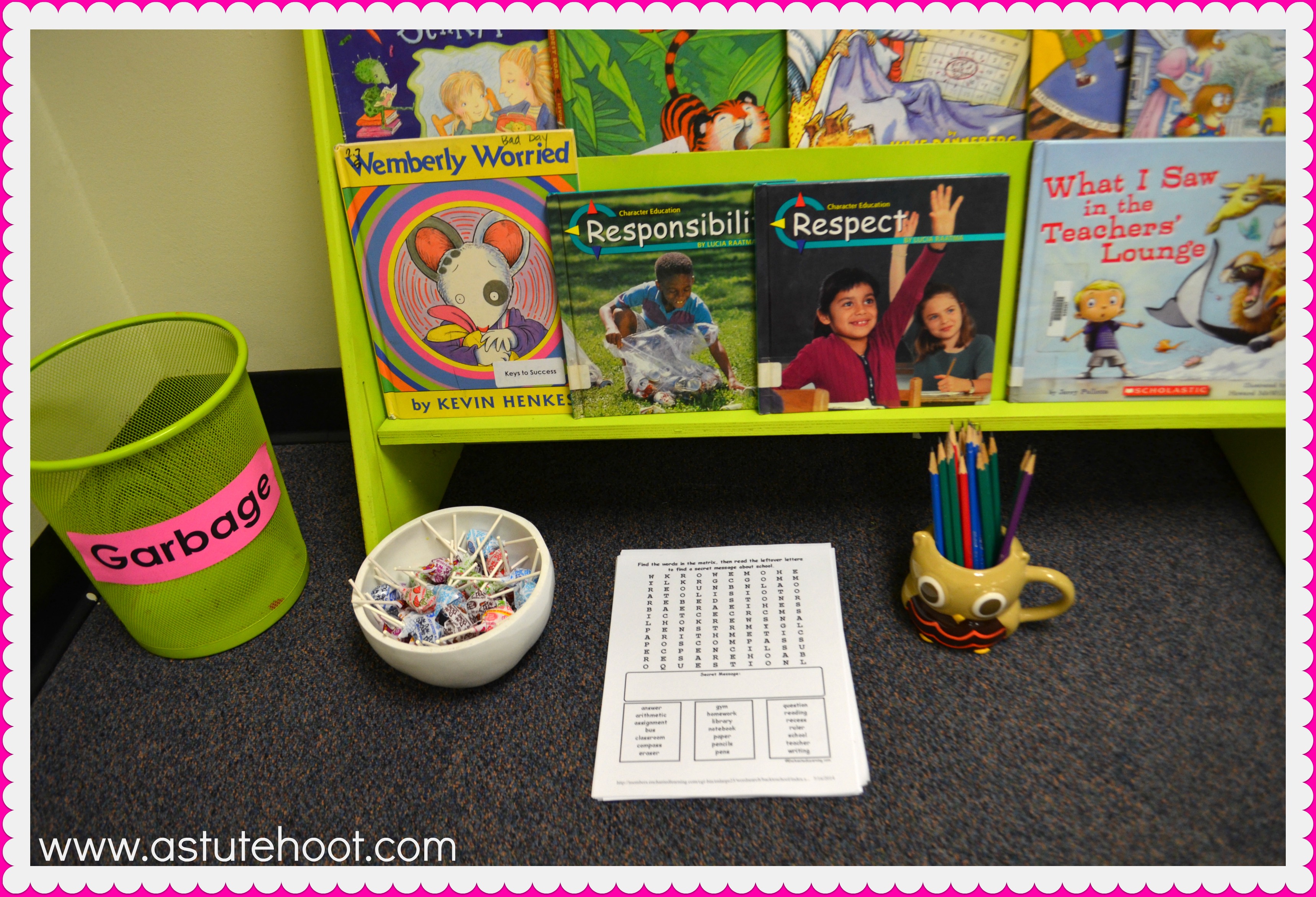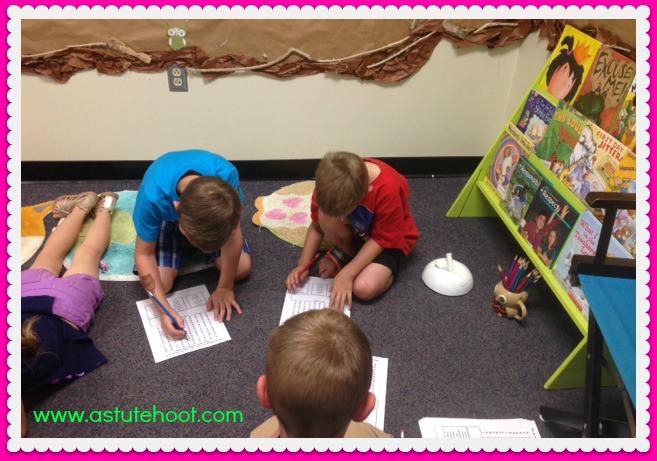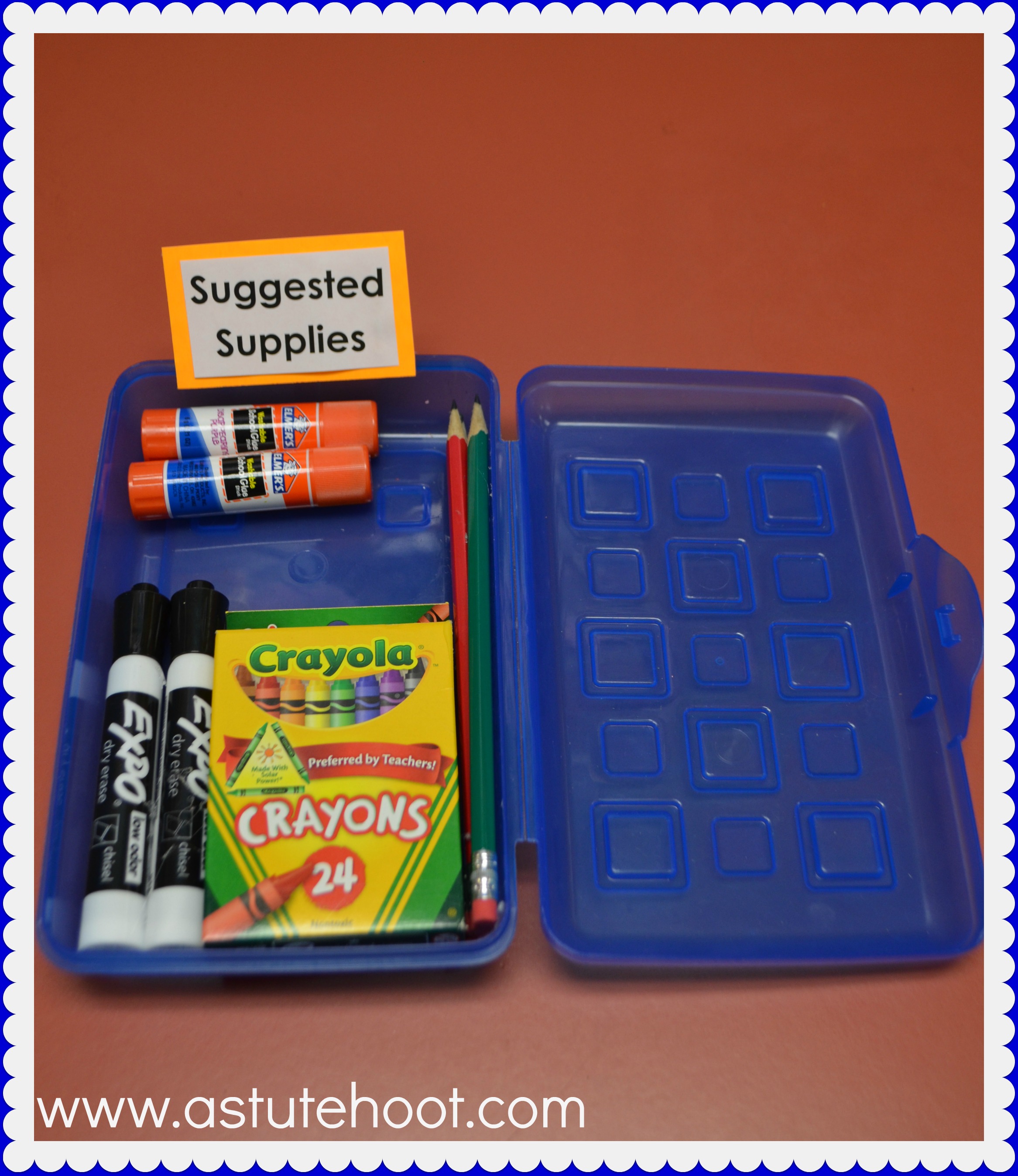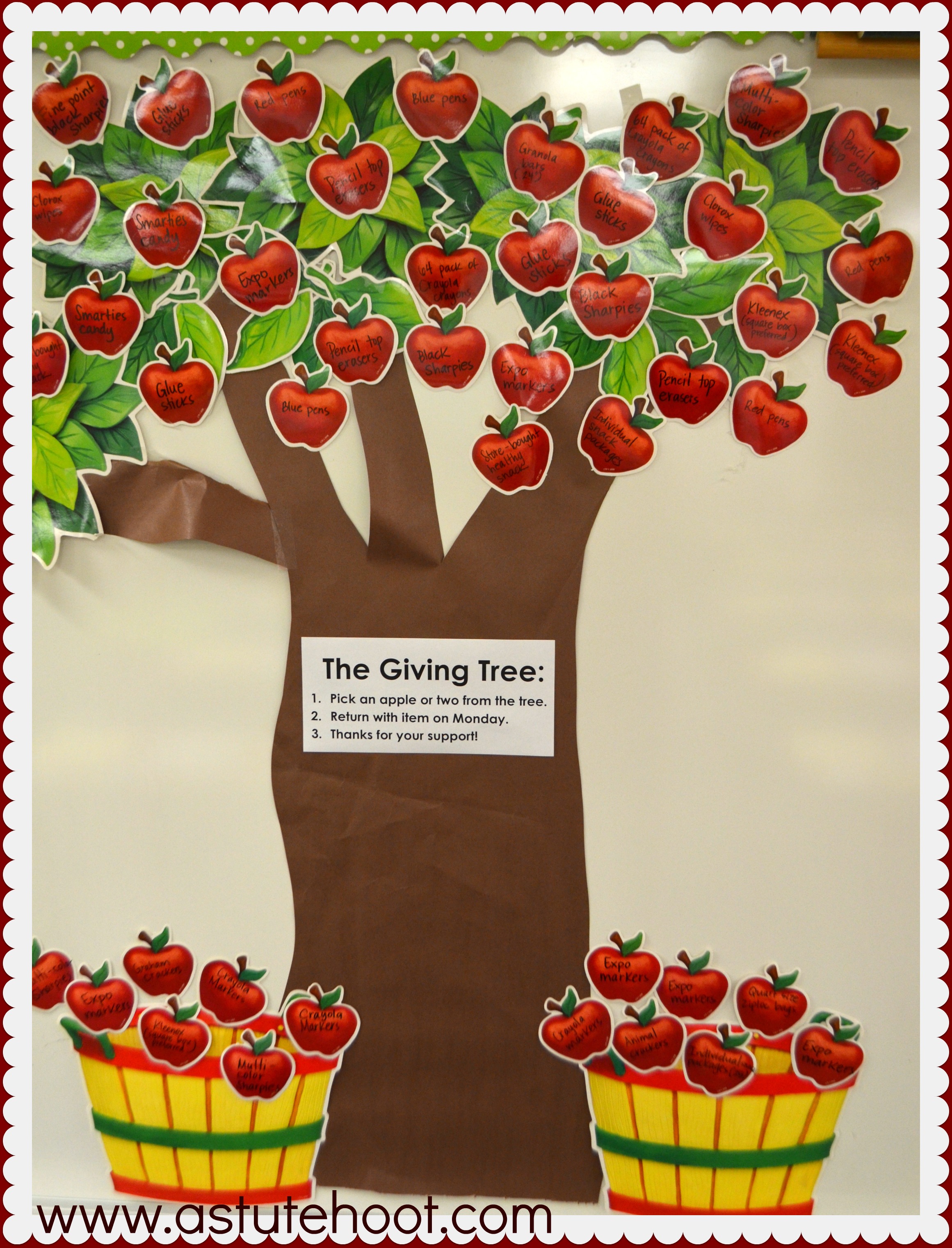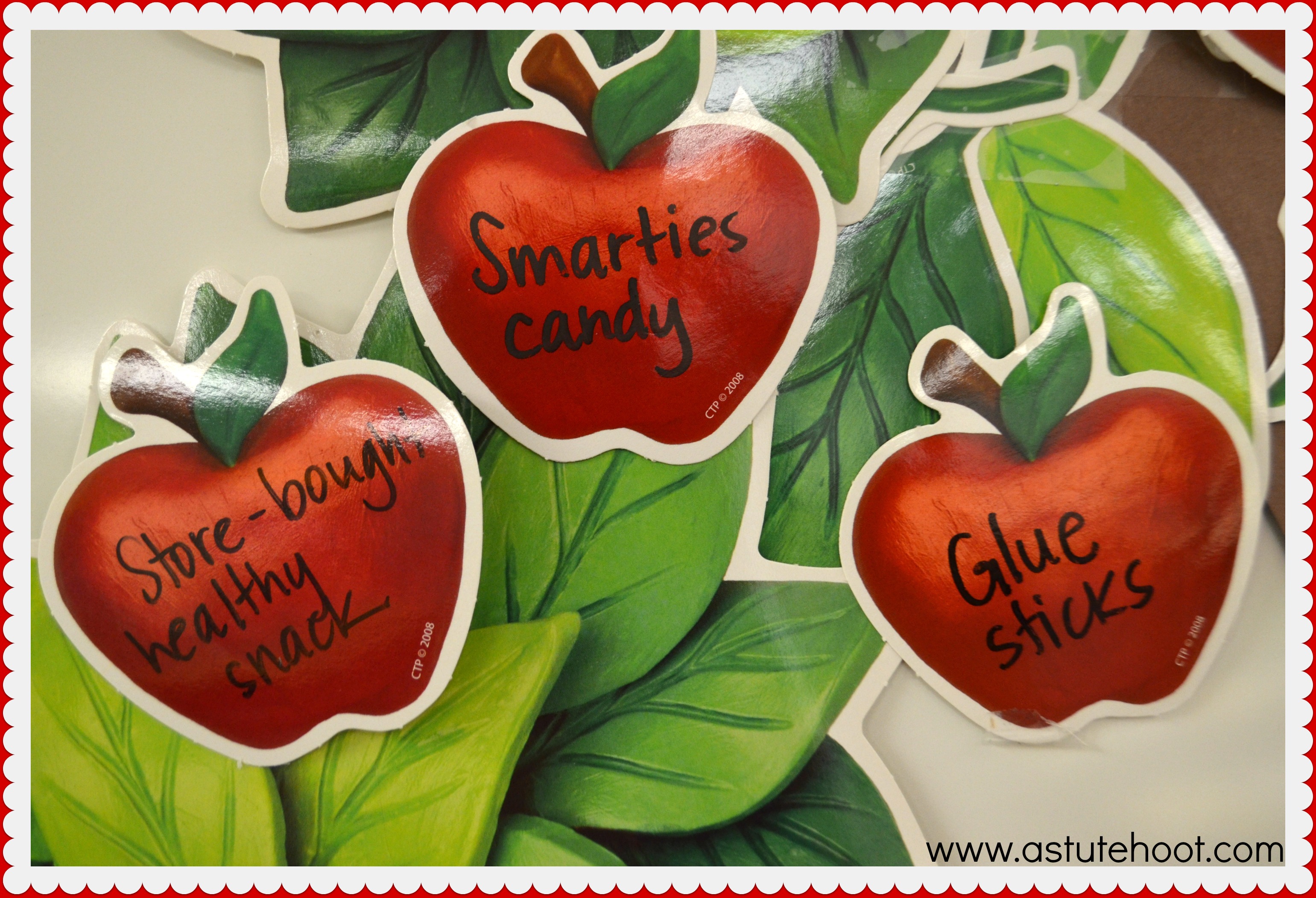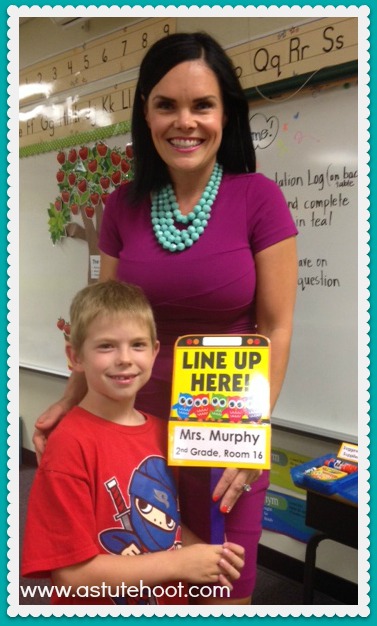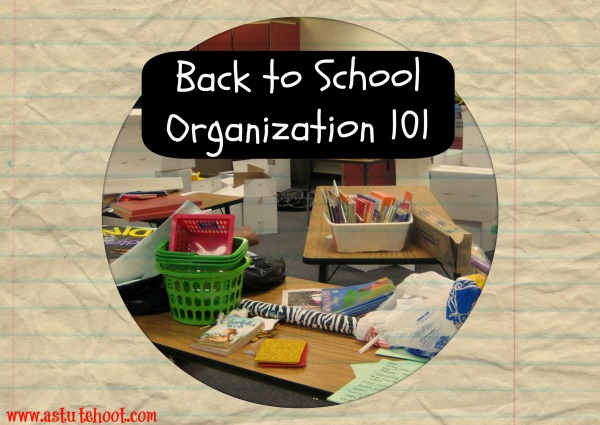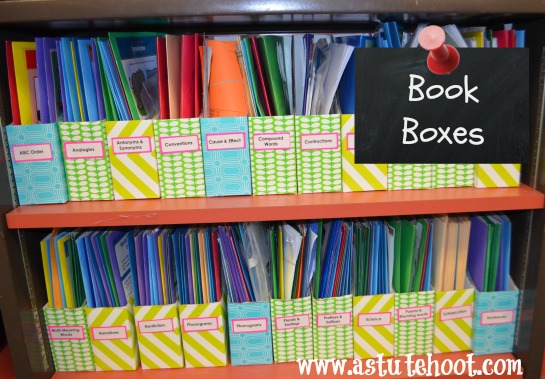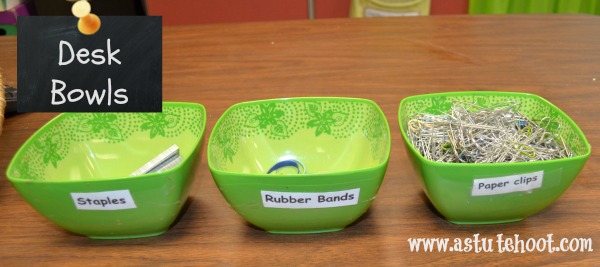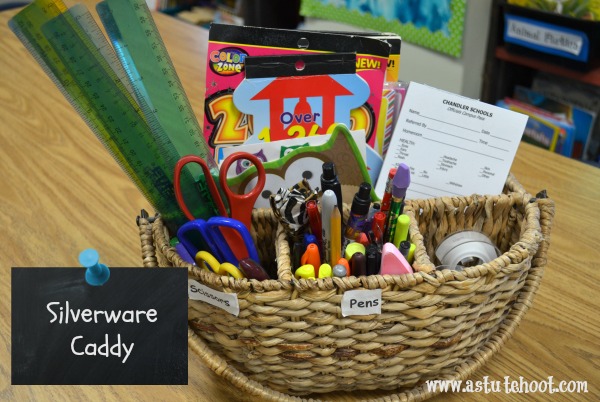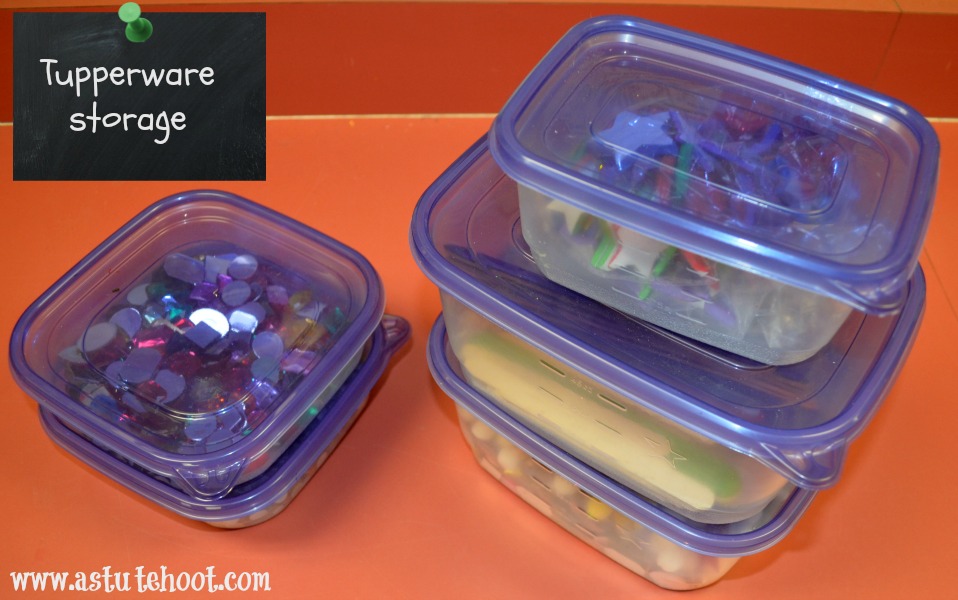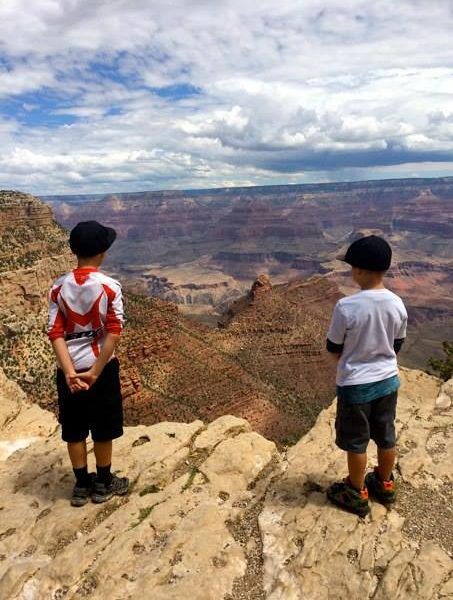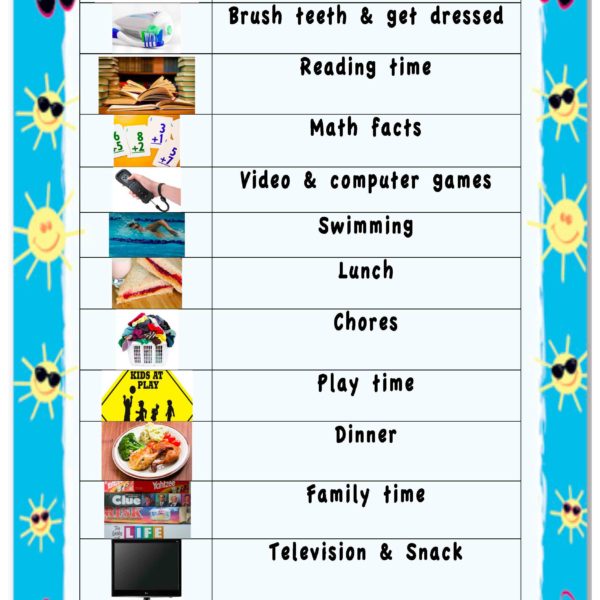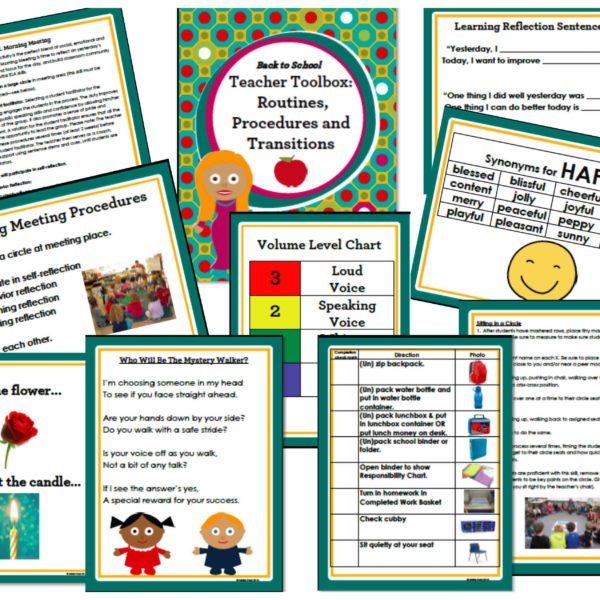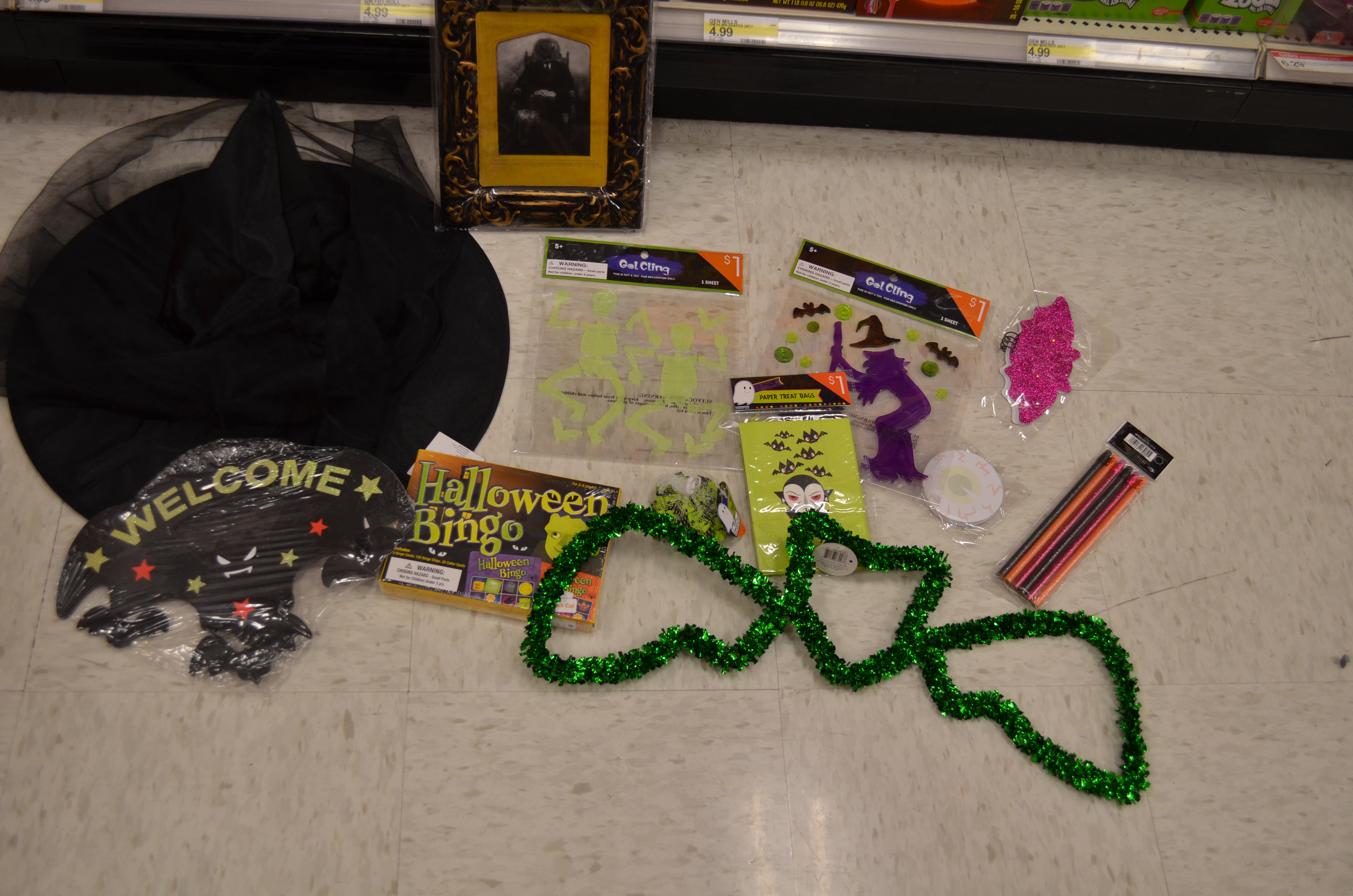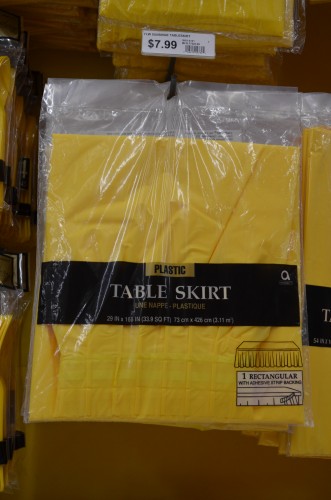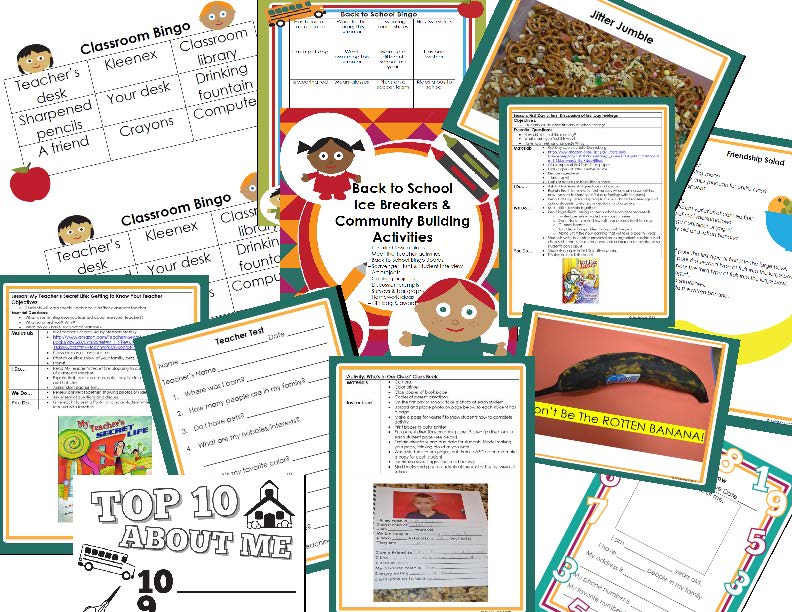As a former special education teacher, I always thought that homework time would be a breeze when my boys Alec and Jake got to school. I knew all of the most effective strategies and consulted many parents during conferences and IEP meetings about homework tips. I even helped create this Free Homework Reward Chart. Some days really do go very smoothly. I have a delicious, healthy snack waiting for them when they get home; they are focused, independent, and complete all of their work quickly; they look forward to reading their book and read for more than the required daily minutes!
Sometimes, however, things do not go as smoothly and we really struggle to get through homework. On these days, all of my best strategies back fire and I have to admit that homework time stinks! Here are my homework confessions on these not so ideal days…
1) I don’t always make my boys read the full 30 minutes listed on their reading logs, but I still sign off on them. One day I was volunteering at school and another mom and I started talking about homework. We shared that sometimes we let out kids just read for 15 or 20 minutes. We both felt so naughty for admitting to it, but also relieved that we weren’t the only slacker mom! When I think about the overarching purpose of daily reading time, I am confident in saying that my boys get daily reading practice and that they truly enjoy reading. I do not want to get in a power struggle about reading exactly 30 minutes or more. Reading should not be an unwelcome chore. It is a part of our daily routine, but we are flexible about the exact minutes because my boys read for enjoyment on the weekends as well.
2) Sometimes we do not have a quiet, distraction free, organized space for homework. I know that children work best under these peaceful, scholarly environments, but when the reality of our busy schedule sets in, we need to adjust at times. My boys have completed their homework in the car, on the soccer fields, and in the doctor’s office before. We’ve also gone on whole family searches for necessary homework supplies such as a ruler, sharpener, or glue stick that is not dried out. These experiences have taught us to go with flow and adapt to get things done. That’s an important life skill!
3) On occasion, I have served up an unhealthy snack after-school. I work from home now so I am so fortunate to be able to greet my boys when they walk home from school and have a healthy snack ready for them on most days. Like these yummy apple crescent roll-ups I found on Pinterest…

There have been days, however, when my work day has run longer or I have been on a call and the boys have had to fend for themselves to get snacks. Those snacks will usually consist of Cheetos, fruit punch or candy. Eeek! Definitely not brain food, but it kept them quiet while I wrapped up work.

4) We’ve experienced our share of full on homework meltdowns. If you’ve never experienced this, consider yourself lucky. For the rest of us, I’m sure you know what this consists of: tears, crumpled up papers, broken pencils, slammed doors, yelling, refusal to work, etc. Unfortunately, I’ve lost my cool a few times in these situations. I had difficulty understanding why the boys were not accepting my help, were shutting down when I knew they were fully capable, were struggling to stay in their seat and focus, or why an assignment that usually takes 5 minutes is now taking 30 minutes to complete. Well, guess what? We all have bad days and get stressed out, even kids. Through the years, I’ve learned that it is much more effective to take that movement break, provide them with some extra help even though I know they can do it, break assignments into smaller parts, give them some extra TLC and empathize with them because homework can be overwhelming.
Overall, I’m so proud of how far my boys have come along with homework and school in general. They are now in 4th and 2nd grades (Alec got on Honor Roll this past quarter and Jake got straight As) and the for the majority of the time homework time is a success.
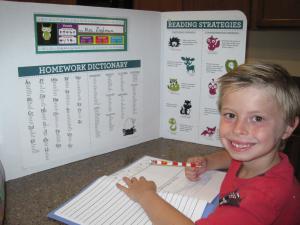
Some days, however, I know it is going to be a rough day from the moment they walk in the door. Now, I do some deep breathing and put on some relaxation music in the background in preparation for what lies ahead! I’d love to hear what your challenges and successes are as well! Please leave your comments and homework tips below.



